Creating the perfect casual dining room combines comfort, functionality, and style while maintaining an approachable atmosphere for everyday family meals and relaxed entertaining. Today's casual dining spaces embrace versatile design elements that adapt to modern living needs, from multifunctional layouts to sustainable materials and bold lighting choices. Whether you're working with a dedicated dining room or carving out space in an open-concept layout, these twenty casual dining room ideas will help transform your space into an inviting gathering spot that balances practicality with personality.
1. Casual Dining Room Banquette Seating with Built-in Storage

Transform your casual dining room corner into a functional haven with custom banquette seating that doubles as storage. This space-saving solution allows you to maximize seating capacity while providing hidden compartments for table linens, seasonal décor, or children's games. Choose performance fabrics that withstand daily use and spills, such as durable cotton canvas or easy-to-clean vinyl upholstery. Pair the banquette with a round pedestal table to ensure easy movement around the seating area. Add colorful throw pillows to inject personality and comfort, making the space perfect for lingering over coffee or helping children with homework in a cozy, contained environment.
2. Casual Dining Room Mixed Vintage and Modern Furniture
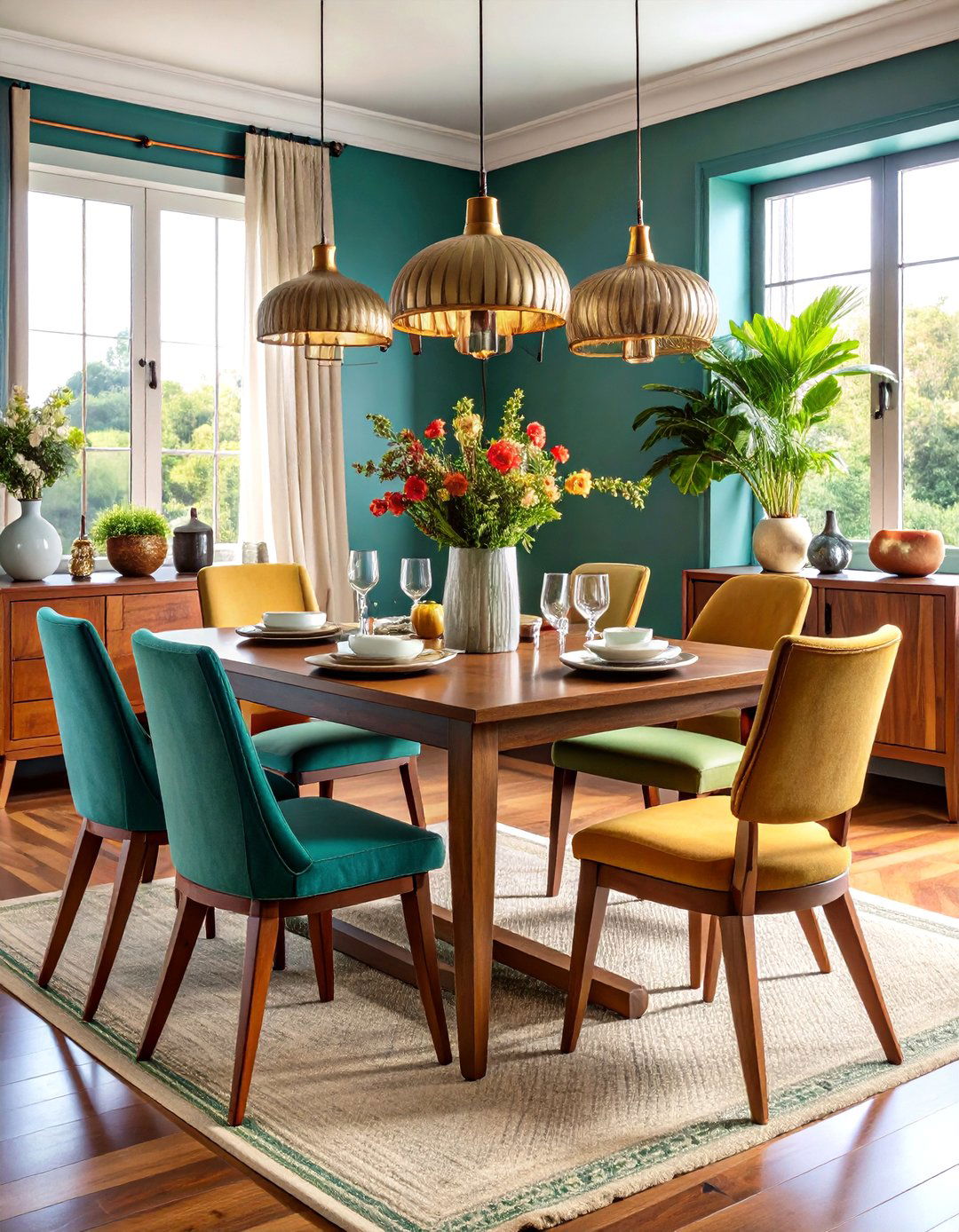
Create visual interest in your casual dining room by combining vintage charm with contemporary functionality. Pair a sleek modern dining table with antique chairs sourced from thrift stores or estate sales, or mix different chair styles around the same table for an eclectic, collected-over-time aesthetic. This approach allows you to express personality while staying budget-conscious, as vintage pieces often cost less than complete matching sets. Balance the mix by maintaining a consistent color palette or material theme—perhaps all wood tones or unified by similar fabric choices. This design strategy perfectly captures the 2025 trend of embracing perfectly imperfect, lived-in spaces that tell a story.
3. Casual Dining Room Statement Pendant Lighting Design
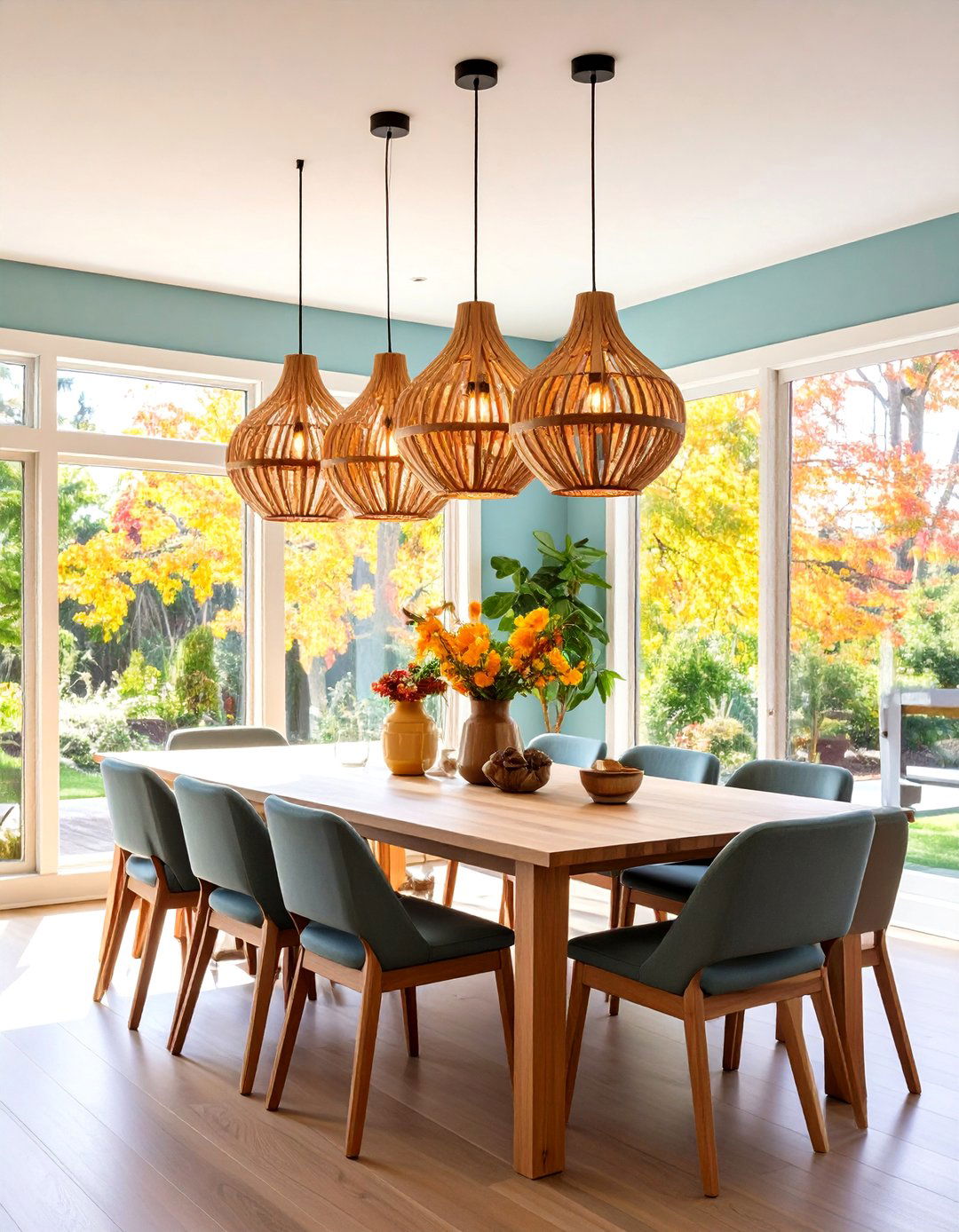
Elevate your casual dining room with oversized pendant lighting that serves as both functional illumination and artistic focal point. Choose fixtures that reflect your personal style, whether it's a woven rattan pendant for coastal vibes, a geometric metal design for modern appeal, or a beaded chandelier for bohemian flair. Hang the pendant approximately 30-36 inches above your table surface to create intimate lighting without obstructing conversation. Consider installing dimmer switches to adjust the ambiance from bright task lighting during homework time to soft, romantic illumination for dinner parties. Statement lighting has become essential in 2025's casual dining room trends, replacing safe, standard fixtures with conversation-starting pieces.
4. Casual Dining Room Neutral Color Palette with Natural Textures
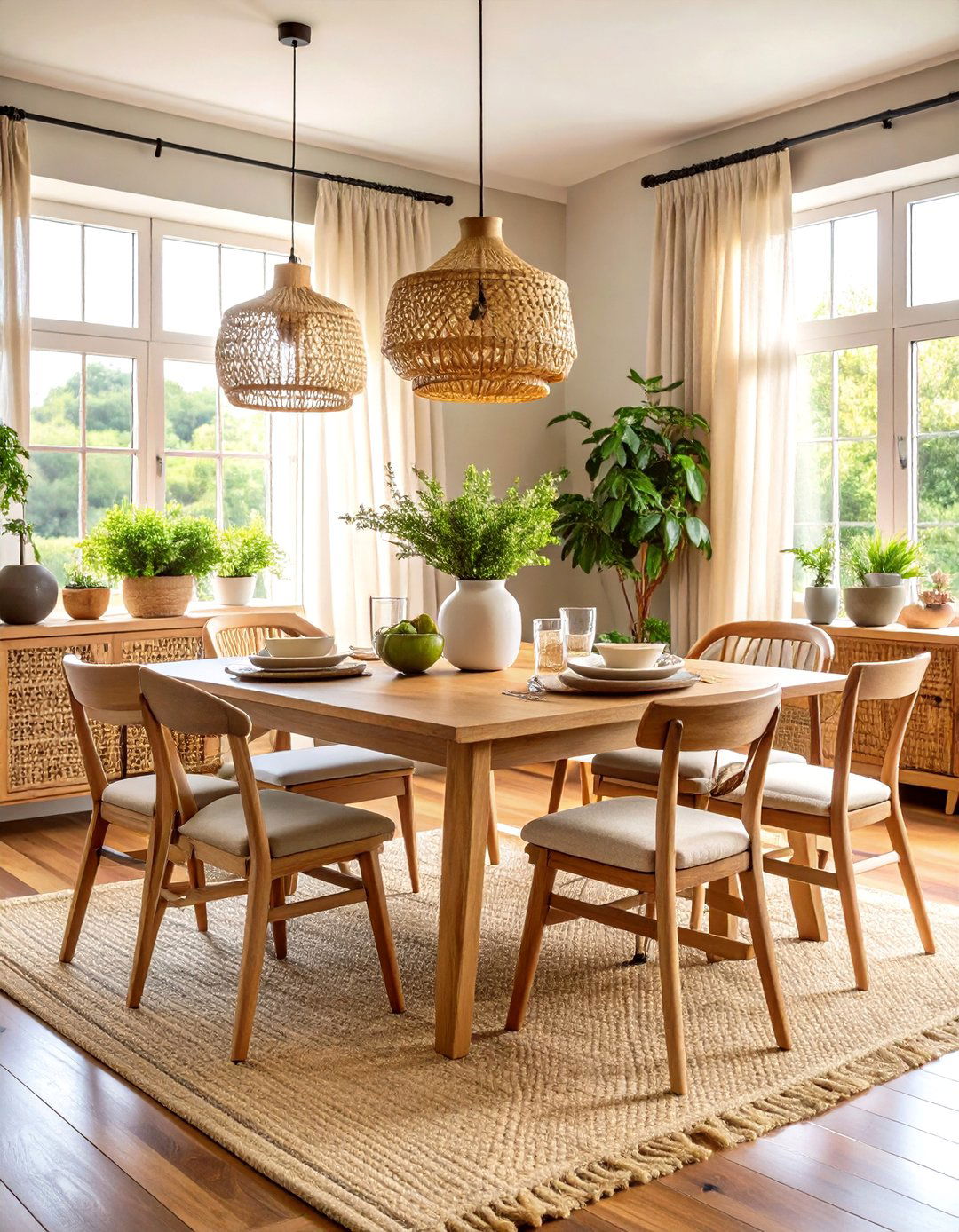
Design a serene casual dining room using a foundation of warm neutrals enhanced by rich natural textures that add depth without overwhelming the space. Paint walls in soft whites, warm beiges, or light grays, then layer in texture through jute rugs, linen curtains, wooden furniture, and woven baskets for storage. This approach creates a timeless backdrop that easily adapts to seasonal décor changes or evolving style preferences. Incorporate different wood tones through furniture pieces and decorative accents to prevent the neutral palette from feeling flat. The natural texture trend reflects 2025's emphasis on sustainable materials and biophilic design elements that connect indoor spaces with nature.
5. Casual Dining Room Open Concept Kitchen Integration
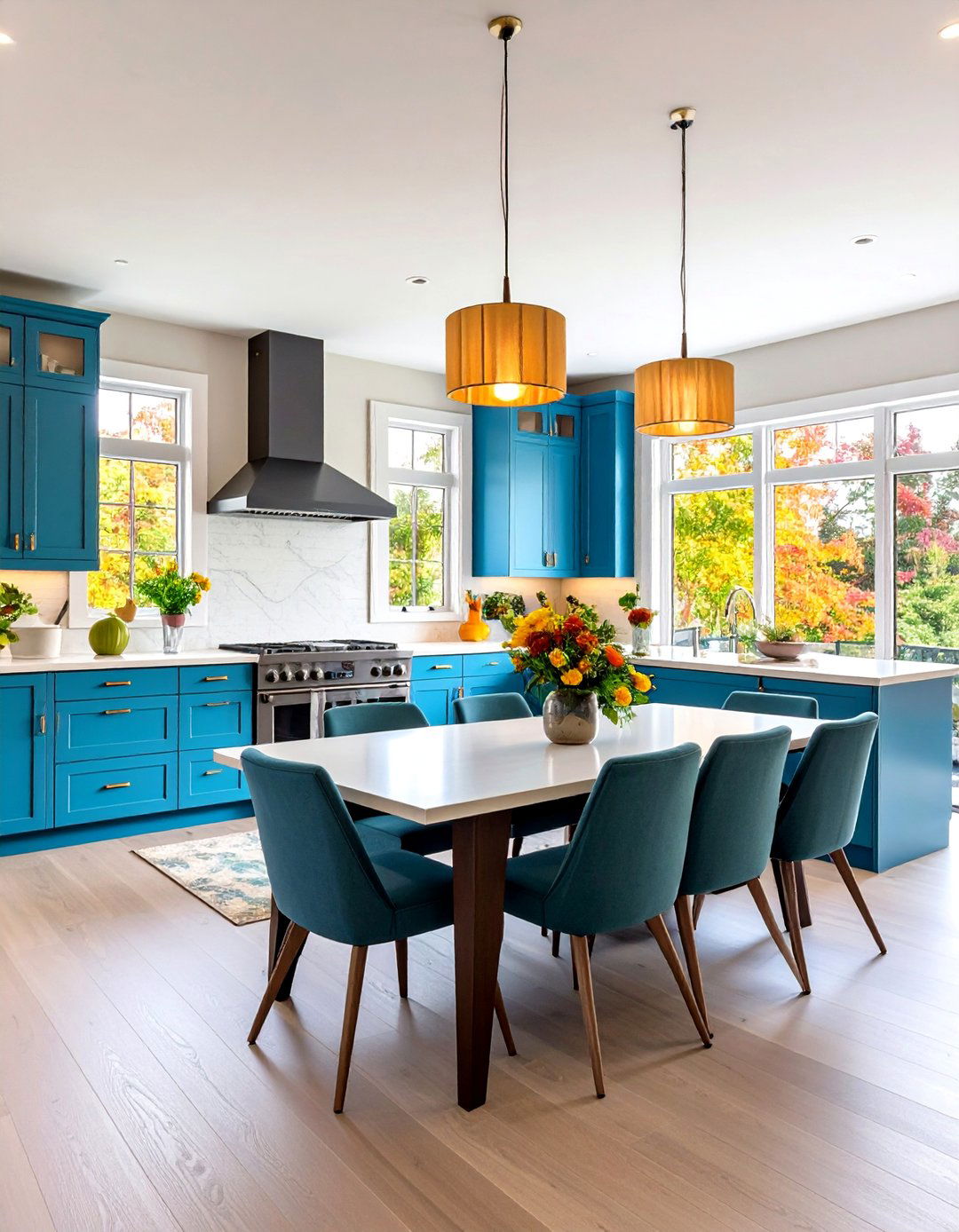
Seamlessly blend your casual dining room with an adjacent kitchen by using consistent materials, colors, and design elements that create visual flow between the spaces. Extend kitchen cabinetry into the dining area with a built-in buffet or extend flooring materials throughout both rooms for continuity. Use furniture placement to define the dining zone without walls—perhaps a dining table positioned to face the kitchen island, encouraging conversation during meal preparation. This integration reflects modern family lifestyles where cooking and dining happen simultaneously, creating social environments that bring families together. Consider pendant lighting that coordinates with kitchen fixtures to maintain design harmony while providing adequate task lighting for dining activities.
6. Casual Dining Room Coastal Style with Woven Elements

Bring relaxed seaside vibes to your casual dining room through natural woven materials, soft blues, and weathered wood finishes that evoke coastal living. Incorporate rattan or wicker dining chairs, a jute area rug, and a weathered wood table to establish the foundation. Add coastal touches through sea glass-colored glassware, coral or shell decorative objects, and artwork featuring ocean scenes or botanical prints. Choose pendant lighting in natural materials like rattan or rope to maintain the organic feel. This style works particularly well in homes with abundant natural light, as the bright, airy atmosphere enhances the coastal aesthetic while creating a perpetually vacation-like dining environment.
7. Casual Dining Room Round Table with Bench Seating
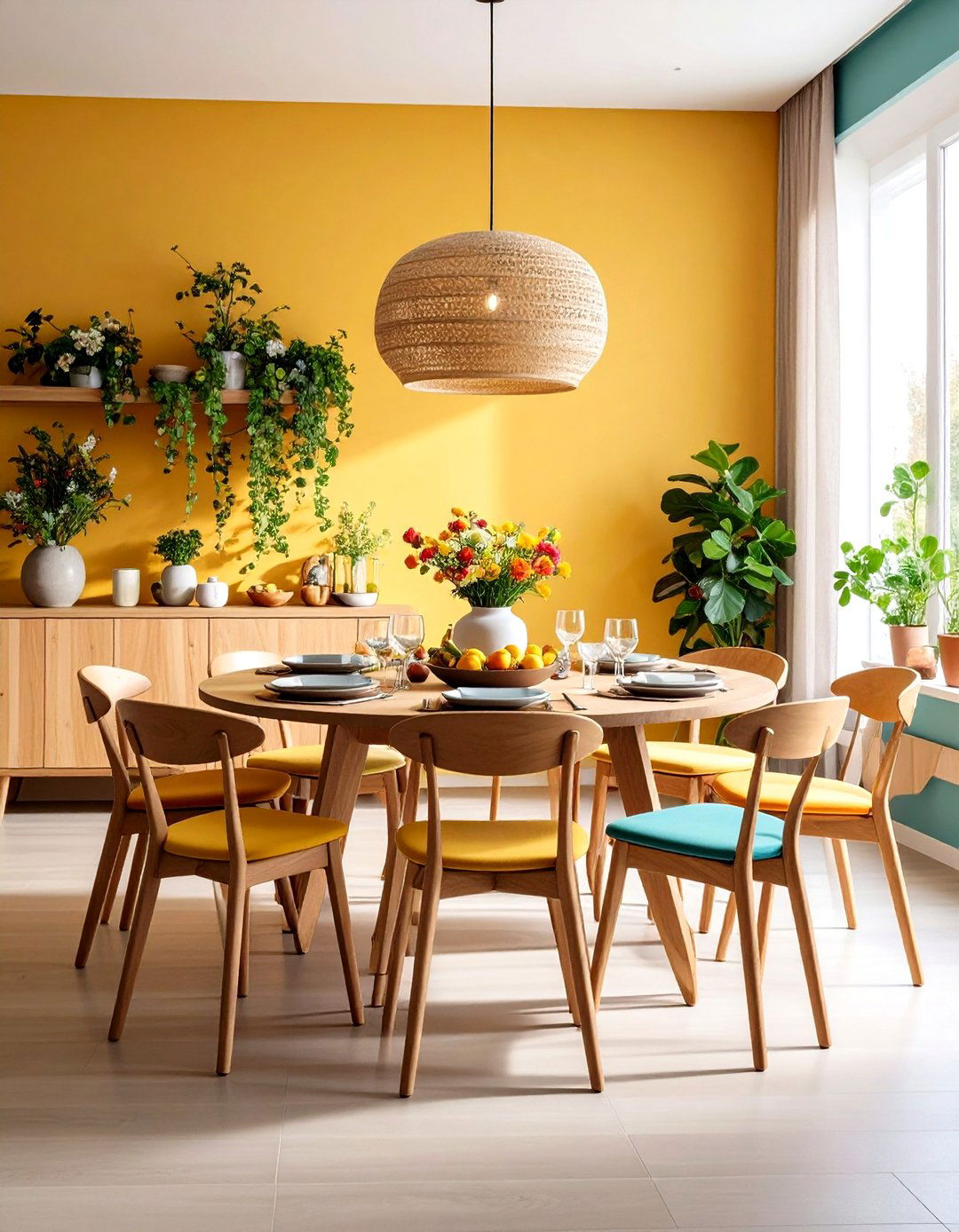
Maximize space efficiency in your casual dining room with a round table paired with curved bench seating that accommodates more guests than traditional chairs. Round tables promote conversation by eliminating the head-of-table hierarchy and work particularly well in smaller spaces since they have no sharp corners. A curved bench can hug the wall, freeing up floor space while providing comfortable seating for multiple people. Add a few individual chairs on the opposite side of the table for flexibility. Choose upholstery that coordinates with your color scheme while being practical for daily use. This arrangement is especially family-friendly, allowing children to slide in and out easily without navigating chair legs.
8. Casual Dining Room Bold Jewel Tone Accent Wall
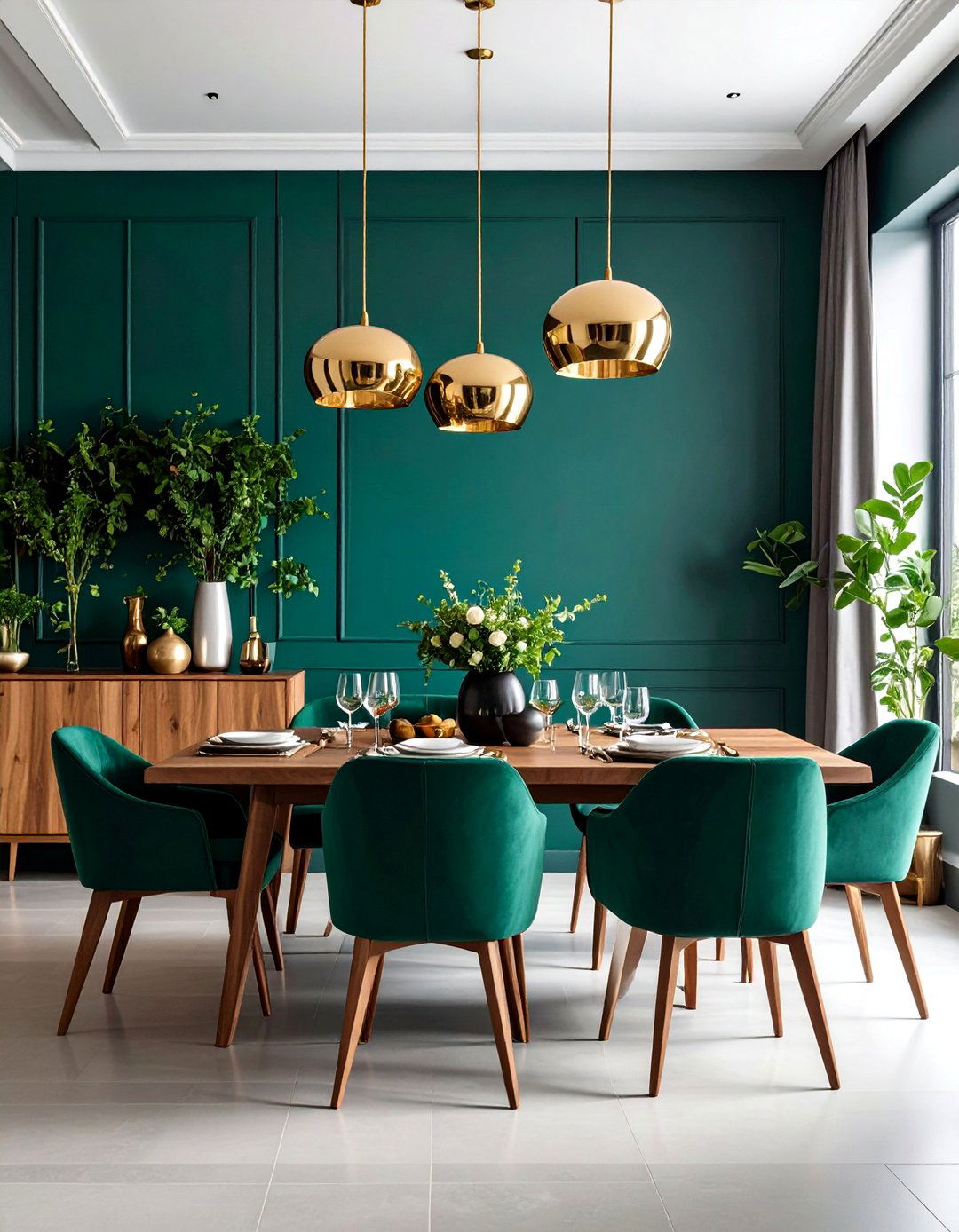
Make a dramatic statement in your casual dining room with a single accent wall painted in rich jewel tones like emerald green, sapphire blue, or deep burgundy. This 2025 trend moves away from safe neutrals toward colors that create personality and warmth. Paint just one wall—typically the one behind your dining table or buffet—to avoid overwhelming the space while still achieving maximum impact. Complement the bold wall with neutral furnishings and natural materials to let the color shine. This approach allows you to experiment with color without committing to painting the entire room, and you can easily change the accent wall color when you're ready for a fresh look.
9. Casual Dining Room Farmhouse Style with Reclaimed Wood
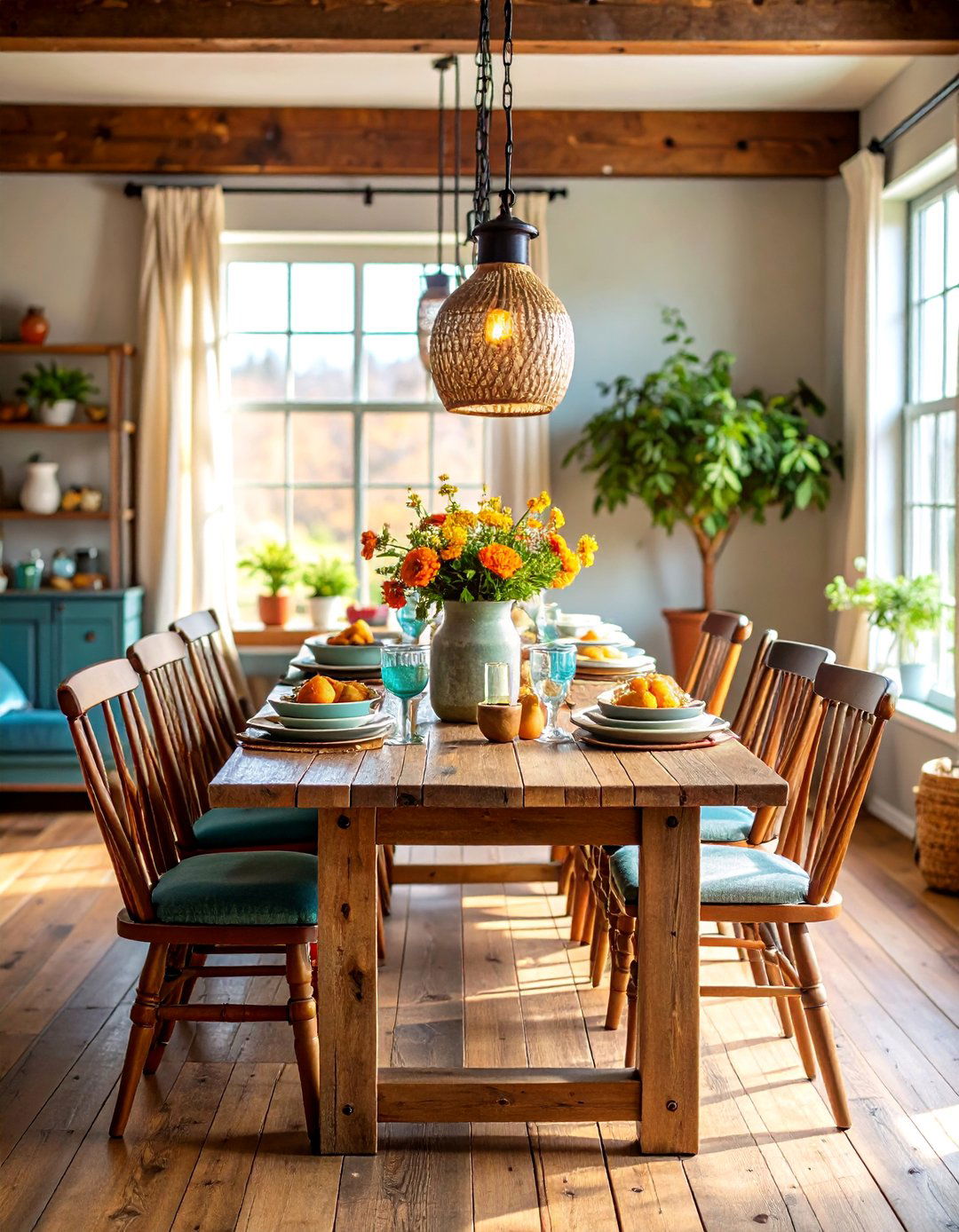
Create warmth and character in your casual dining room with farmhouse-inspired elements centered around reclaimed wood furniture and rustic accessories. Choose a substantial wooden dining table with visible grain and imperfections that tell a story, paired with simple Windsor chairs or benches. Add farmhouse charm through vintage-inspired lighting like mason jar pendants or wrought iron chandeliers, open shelving to display dishware, and natural elements like potted herbs or fresh flowers. Incorporate vintage textiles through table runners, chair cushions, or curtains in classic patterns like gingham or florals. This style emphasizes comfort and practicality while celebrating the beauty of natural materials and traditional craftsmanship.
10. Casual Dining Room Multifunctional Workspace Design
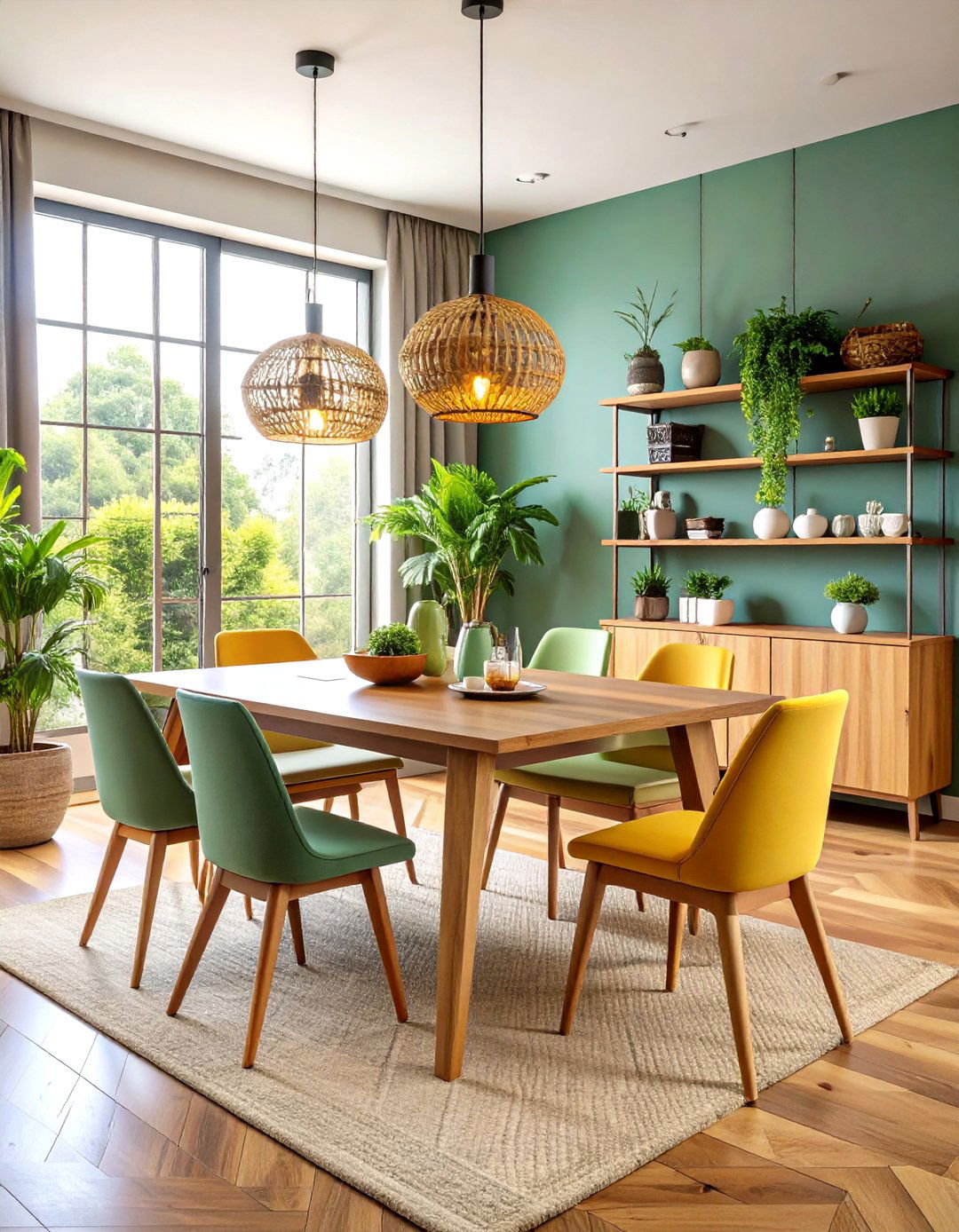
Adapt your casual dining room to serve double duty as a workspace by incorporating storage solutions and flexible furniture arrangements that easily transition between dining and working modes. Choose a dining table at the proper height for comfortable laptop use, and ensure adequate electrical outlets for charging devices. Install floating shelves or a built-in desk area along one wall for dedicated workspace storage. Use attractive storage baskets or boxes to quickly hide work materials when it's time to dine. This multifunctional approach reflects modern life where dining rooms often serve as homework stations, home offices, and meeting spaces. Consider task lighting that works for both dining and computer work.
11. Casual Dining Room Gallery Wall Art Display
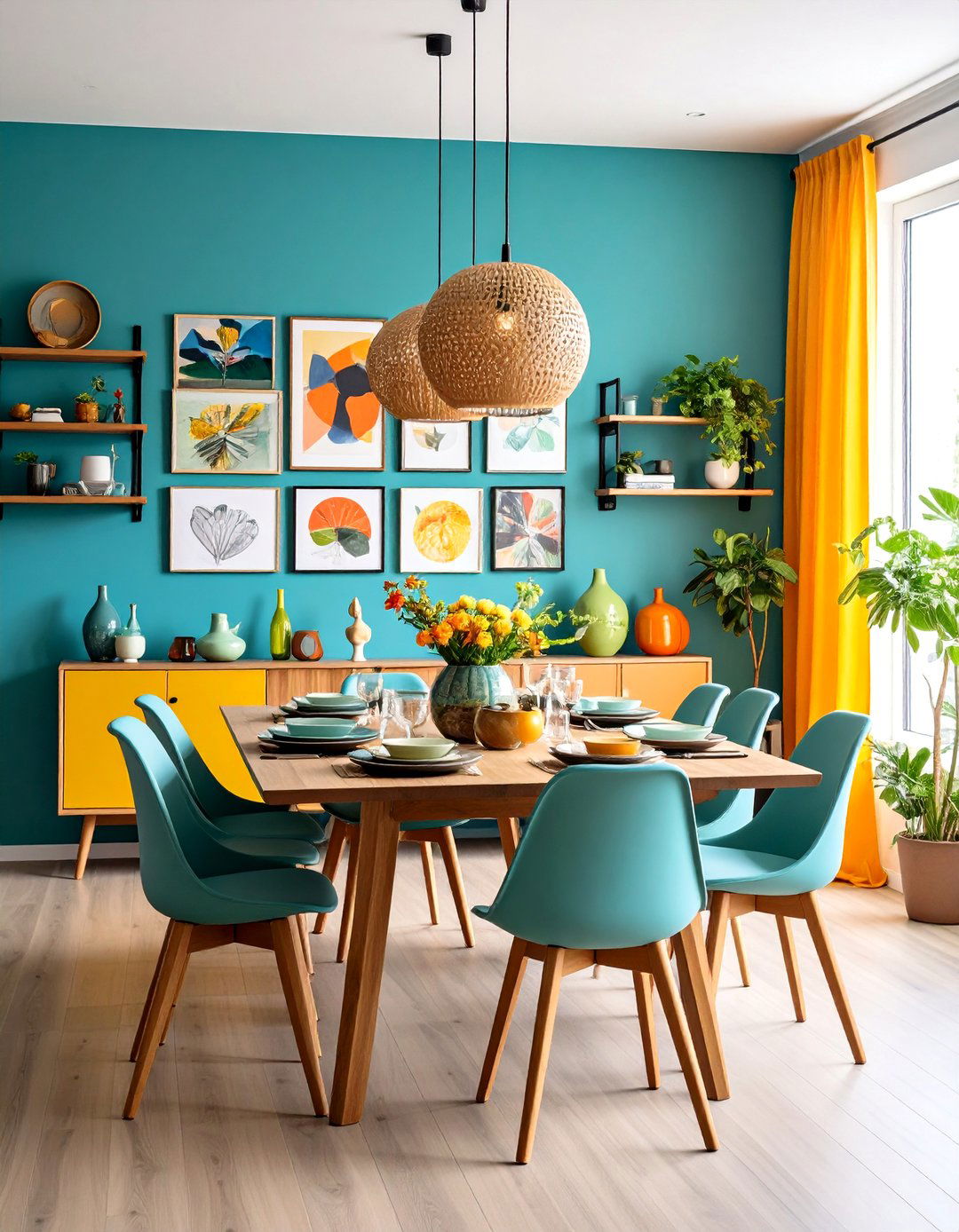
Transform your casual dining room walls into a curated gallery space that reflects your personality and interests while creating visual impact and conversation starters. Mix different sizes of artwork, photographs, and even decorative objects on floating shelves to create an eclectic, collected-over-time appearance. Choose pieces that coordinate through color, theme, or framing style to maintain cohesion despite the variety. This approach allows you to showcase meaningful pieces, family photos, or local artwork while adding personality to an otherwise neutral room. Gallery walls work particularly well in casual dining rooms since diners have time to appreciate the details during longer conversations. Change pieces seasonally to keep the display fresh and interesting.
12. Casual Dining Room Natural Light Maximization
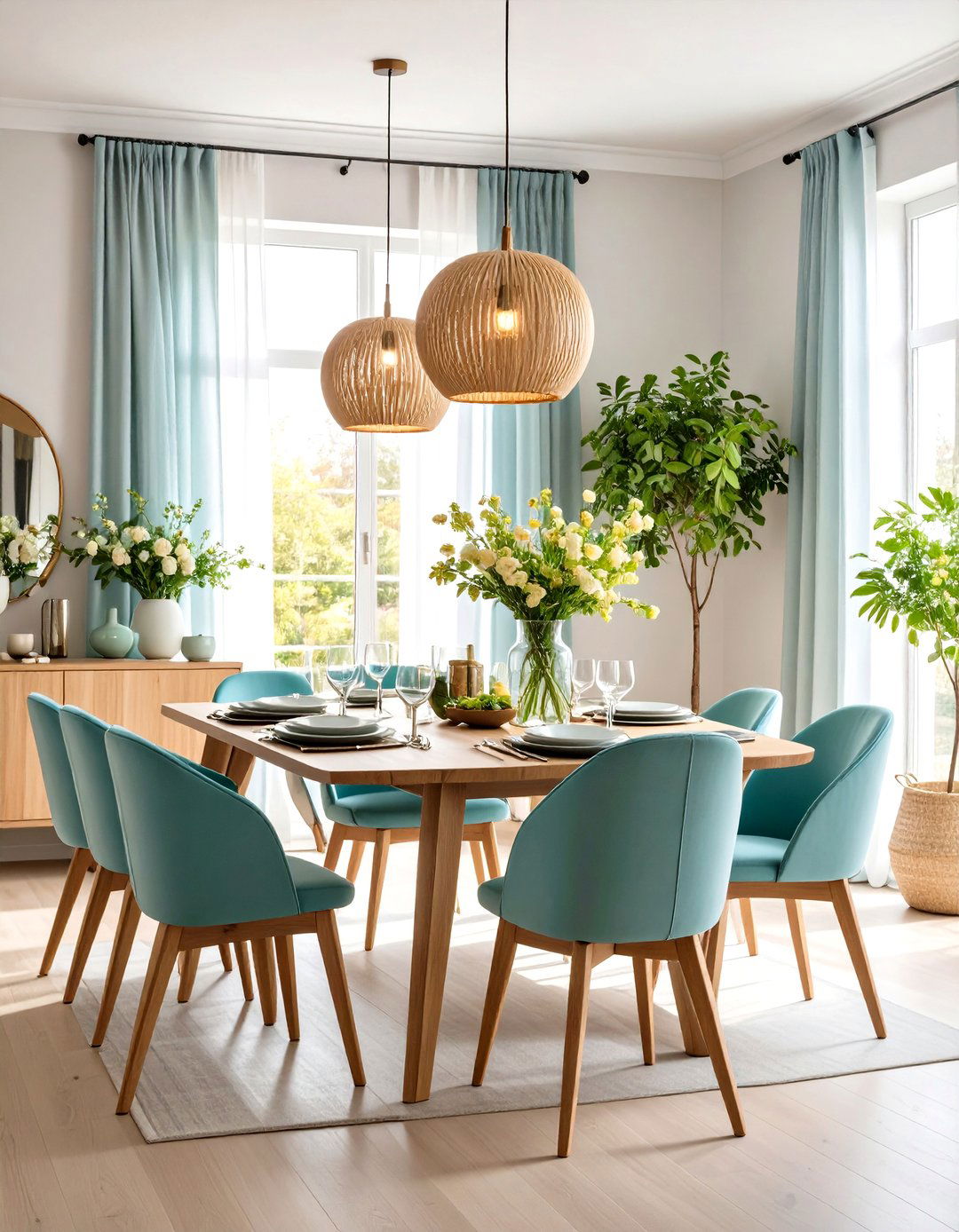
Design your casual dining room to capture and enhance natural light through strategic color choices, reflective surfaces, and window treatments that maintain privacy while allowing illumination. Paint walls in light, reflective colors and position mirrors opposite windows to bounce light throughout the space. Choose sheer curtains or blinds that filter light while maintaining privacy, or consider café curtains that cover only the lower portion of windows. Select furniture with lighter finishes and incorporate glass or acrylic elements that don't block light flow. This approach creates an airy, welcoming atmosphere that feels larger and more inviting. Natural light also enhances food presentation and creates a more appetizing dining environment.
13. Casual Dining Room Bar Cart Styling Station
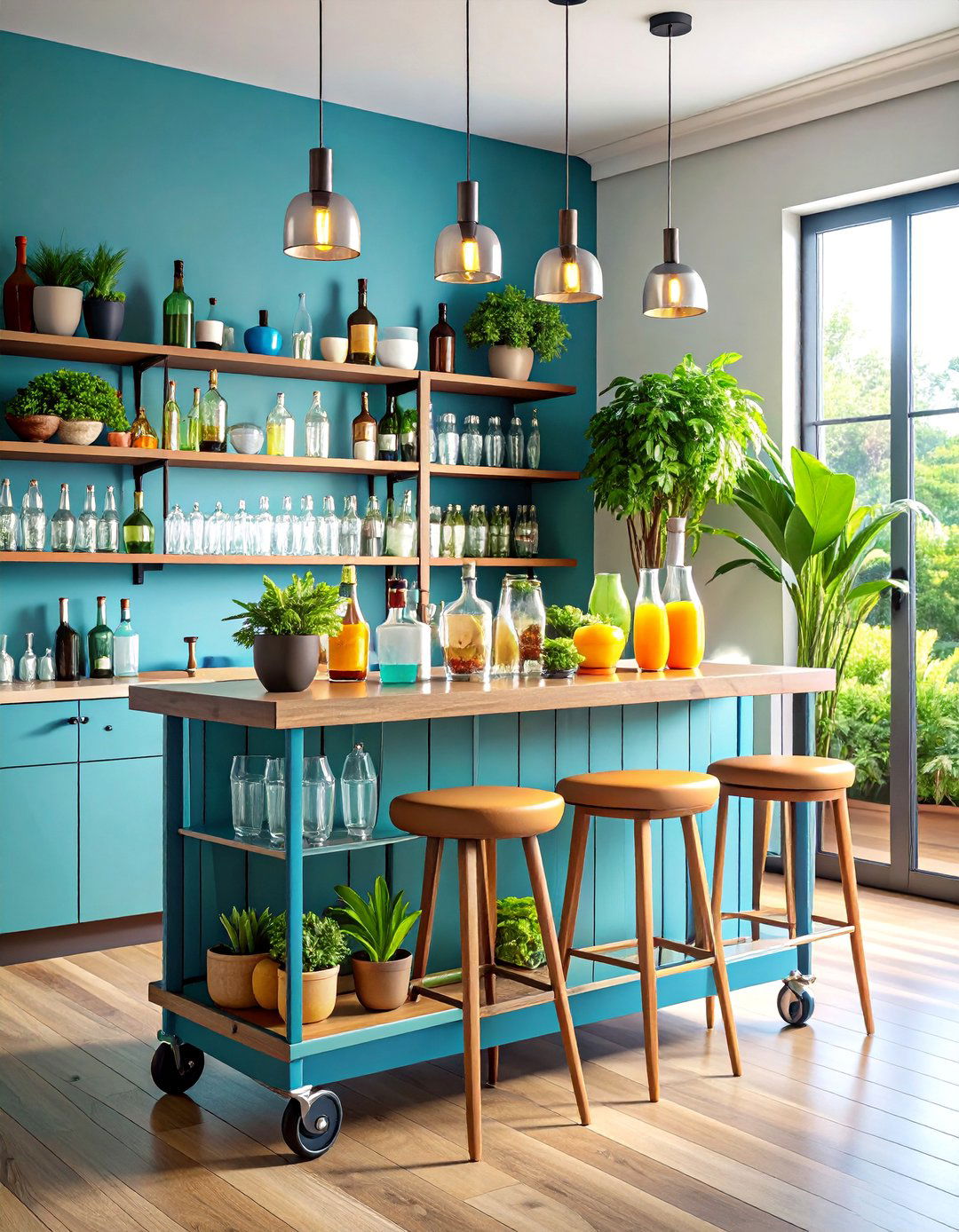
Incorporate a mobile bar cart into your casual dining room design to provide flexible storage and serving capabilities that enhance both everyday meals and entertaining occasions. Choose a cart that complements your existing furniture while offering multiple tiers for storing glassware, serveware, and beverages. Style the cart with attractive barware, small plants, and decorative objects that add personality to the space. Position the cart near the dining table for easy access during meals, or roll it to different areas of the room as needed for parties. This addition provides valuable storage in rooms that often lack built-in options while adding a sophisticated touch that elevates casual dining experiences.
14. Casual Dining Room Layered Lighting Design
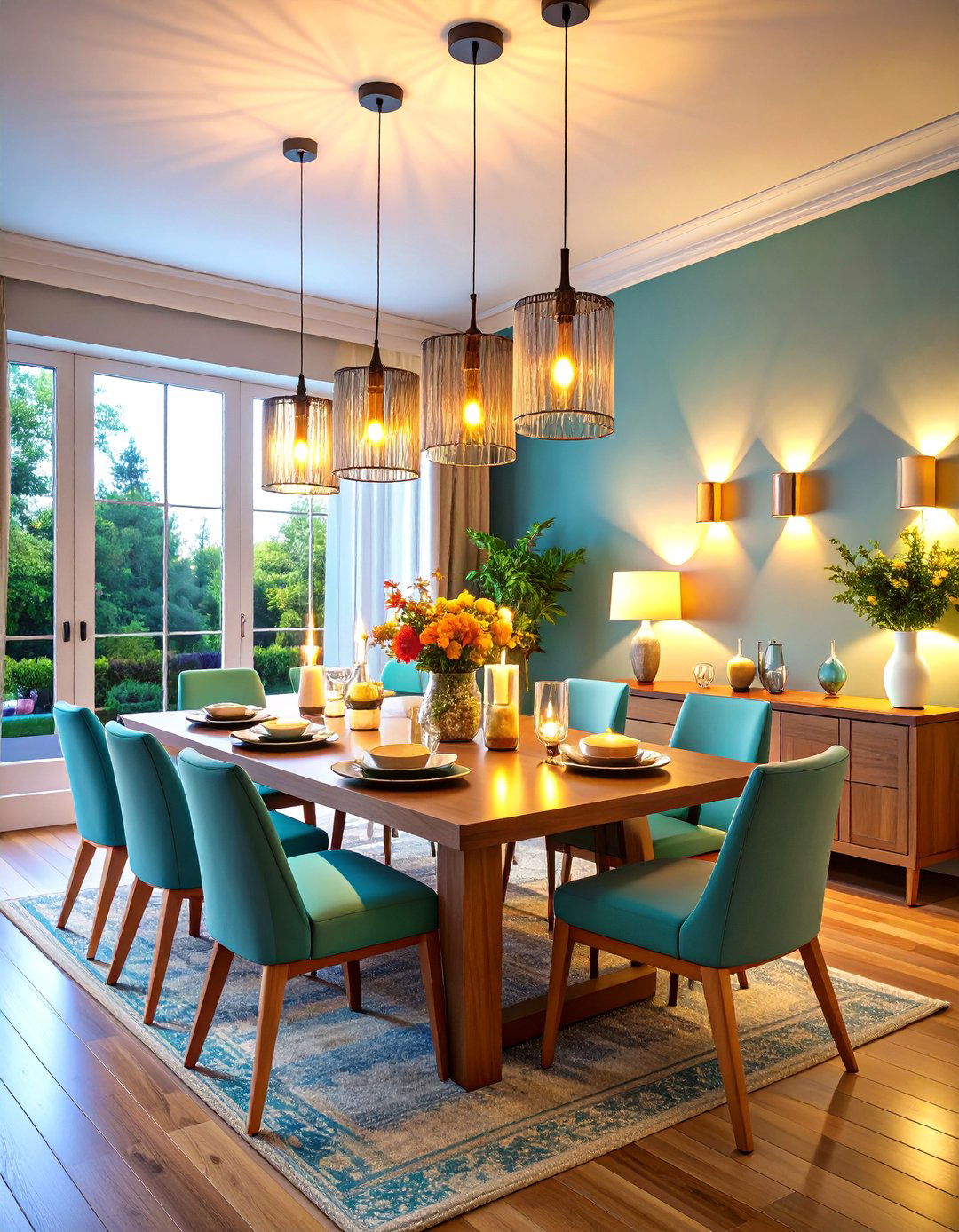
Create ambiance and functionality in your casual dining room through a carefully planned lighting strategy that combines overhead, task, and accent lighting for maximum flexibility. Install a dimmer-controlled chandelier or pendant for primary illumination, add table lamps on a console or buffet for ambient lighting, and consider candles for intimate occasions. This layered approach allows you to adjust the lighting mood throughout the day—bright for homework and games, moderate for family dinners, and dim for romantic meals. Wall sconces can provide additional accent lighting while highlighting artwork or architectural features. The ability to control lighting intensity transforms the room's atmosphere and makes it suitable for various activities beyond just dining.
15. Casual Dining Room Plant-Filled Biophilic Design
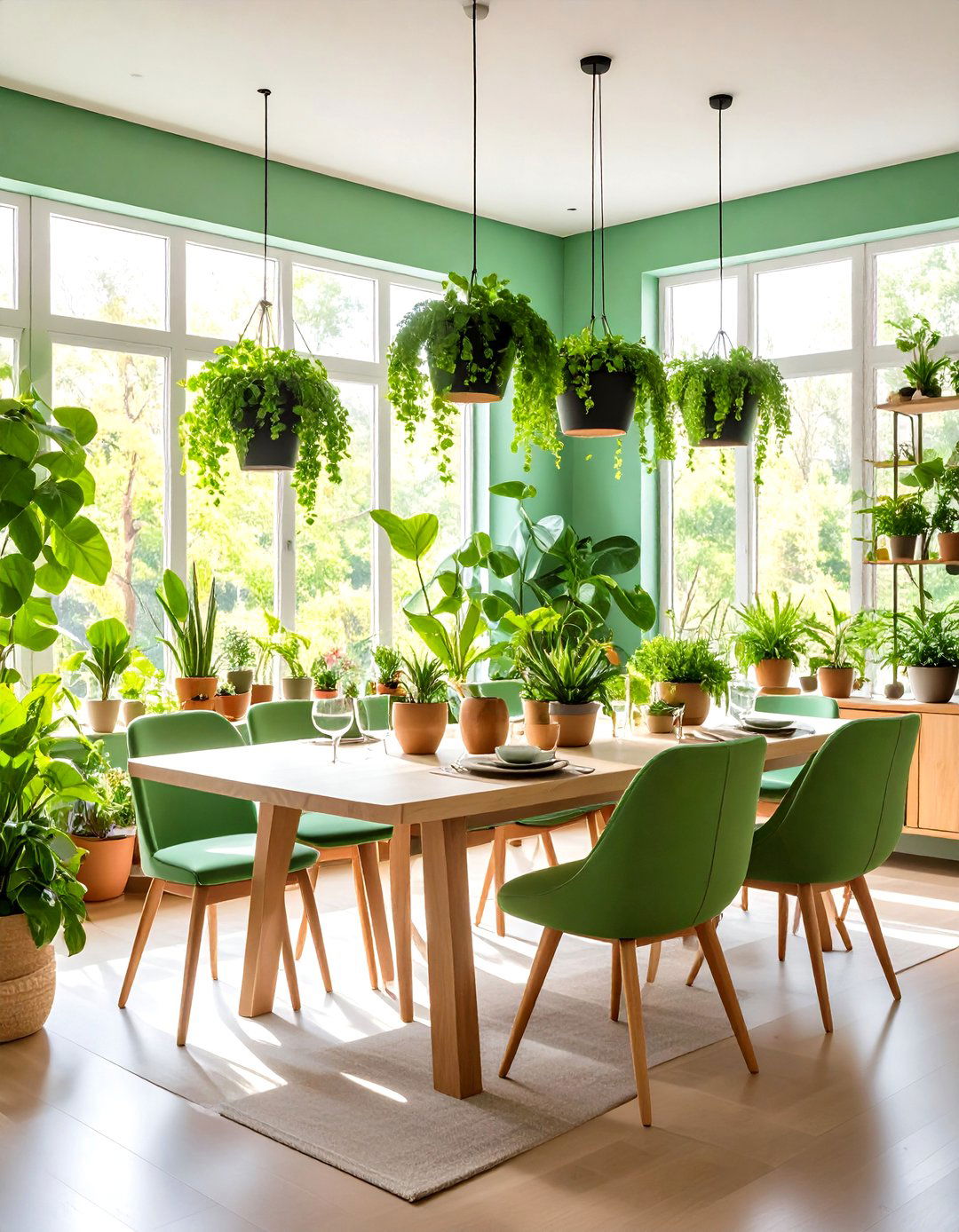
Incorporate abundant greenery into your casual dining room to create a fresh, healthy environment that connects your indoor space with nature. Choose low-maintenance plants like pothos, snake plants, or peace lilies that thrive in various lighting conditions and improve air quality. Display plants at different heights using plant stands, hanging planters, or built-in shelving to create visual interest and depth. Large floor plants can define spaces in open-concept layouts, while smaller plants on the dining table or windowsills add life and color. This biophilic design approach aligns with 2025's emphasis on sustainable living and wellness, creating dining environments that feel refreshing and rejuvenating.
16. Casual Dining Room Built-in Window Seat Nook
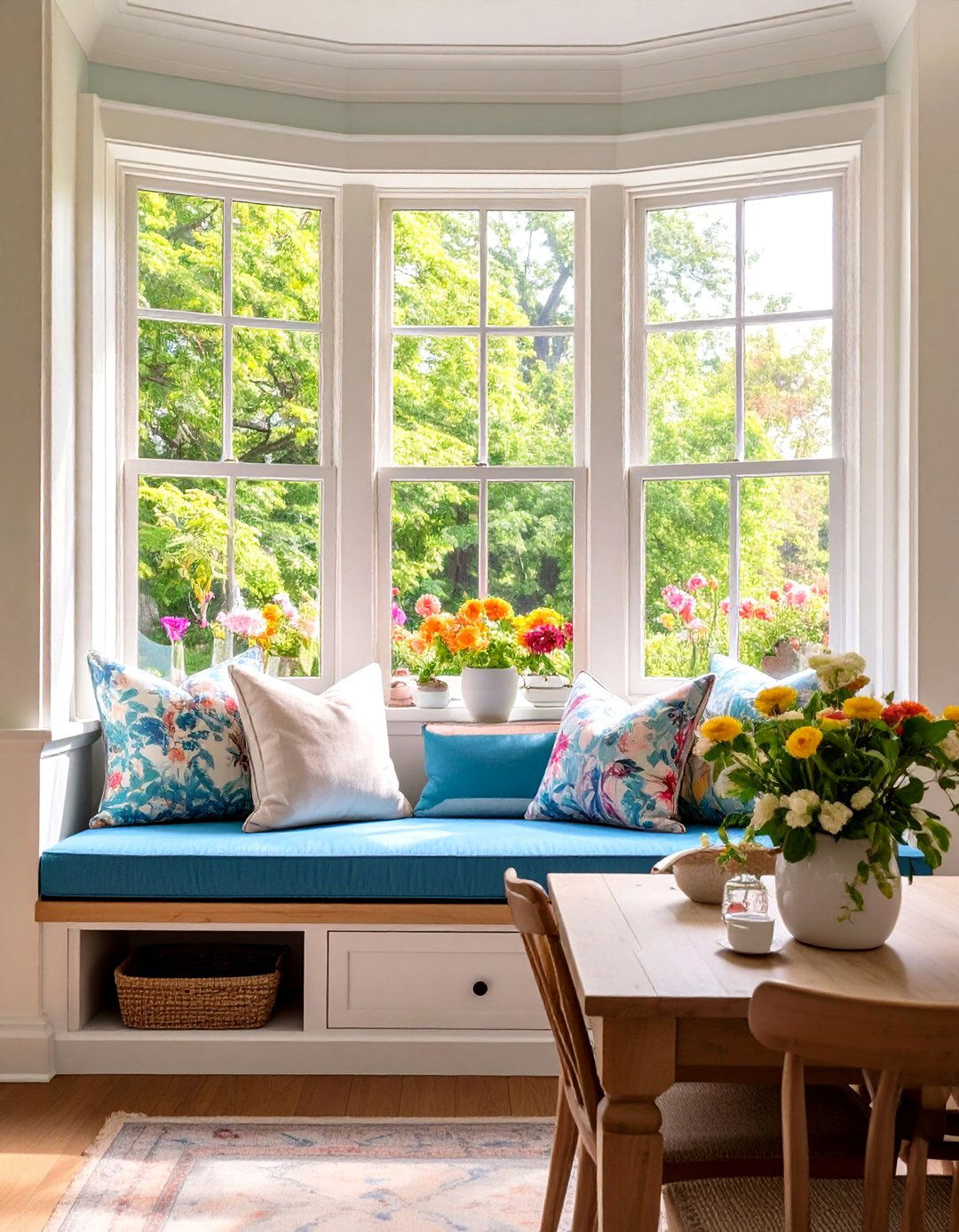
Transform a window area in your casual dining room into a cozy built-in seating nook that provides additional seating while creating an intimate conversation area. Design the window seat with hidden storage beneath for table linens or seasonal décor, and add comfortable cushions in durable, washable fabrics. This architectural feature works particularly well in homes with bay windows or large single windows, creating a charming focal point that encourages lingering over coffee or casual meals. Coordinate the window seat cushions with your dining room color scheme, and consider adding throw pillows for extra comfort and color. This feature adds character to the room while providing flexible seating for overflow guests.
17. Casual Dining Room California Casual Minimalist Style
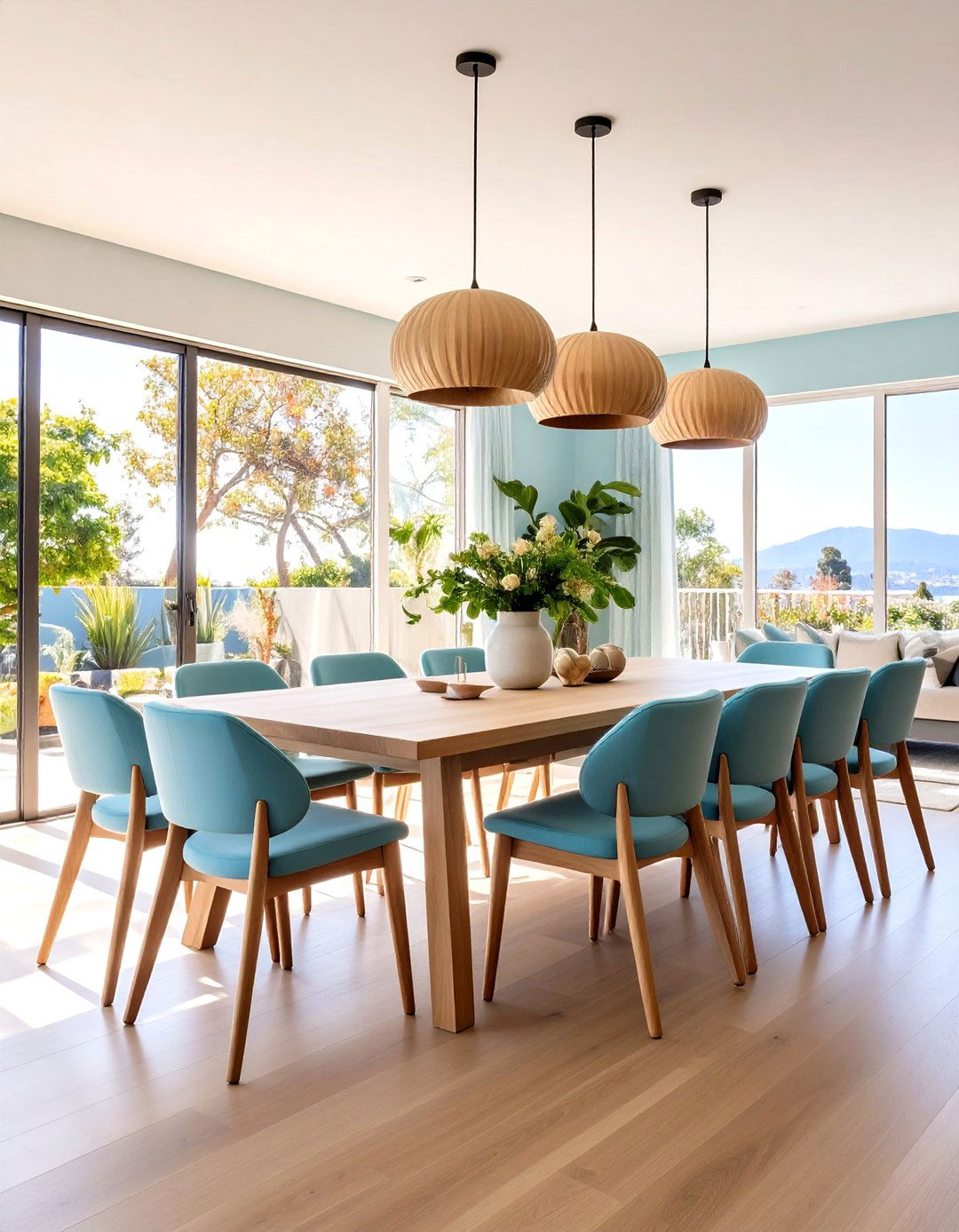
Embrace the relaxed elegance of California casual style in your dining room through clean lines, natural materials, and a restrained color palette that creates sophisticated simplicity. Choose furniture with organic shapes and light wood finishes, incorporate natural fiber textiles like linen and cotton, and maintain a neutral color scheme with whites, beiges, and soft pastels. Add warmth through natural textures and subtle patterns while avoiding clutter or overly decorative elements. This style emphasizes quality over quantity, encouraging investment in fewer, better pieces that create a serene, uncluttered environment. California casual perfectly captures the modern desire for spaces that feel both elegant and effortless, suitable for everyday family life and sophisticated entertaining.
18. Casual Dining Room Curved Furniture and Soft Shapes

Follow 2025's design trend toward curved furniture and soft shapes by incorporating round tables, curved-back chairs, and organic forms that create a more welcoming, less formal dining environment. Choose a round or oval dining table instead of rectangular, select chairs with curved backs or arms, and add decorative objects with soft, flowing lines. This approach softens the room's geometry and creates a more intimate, conversational atmosphere than sharp-cornered furniture. Curved elements also improve traffic flow in smaller spaces since there are no sharp corners to navigate around. Pair curved furniture with organic artwork, flowing curtains, and round decorative accessories to reinforce the soft, approachable aesthetic throughout the room.
19. Casual Dining Room Performance Fabric Family-Friendly Design
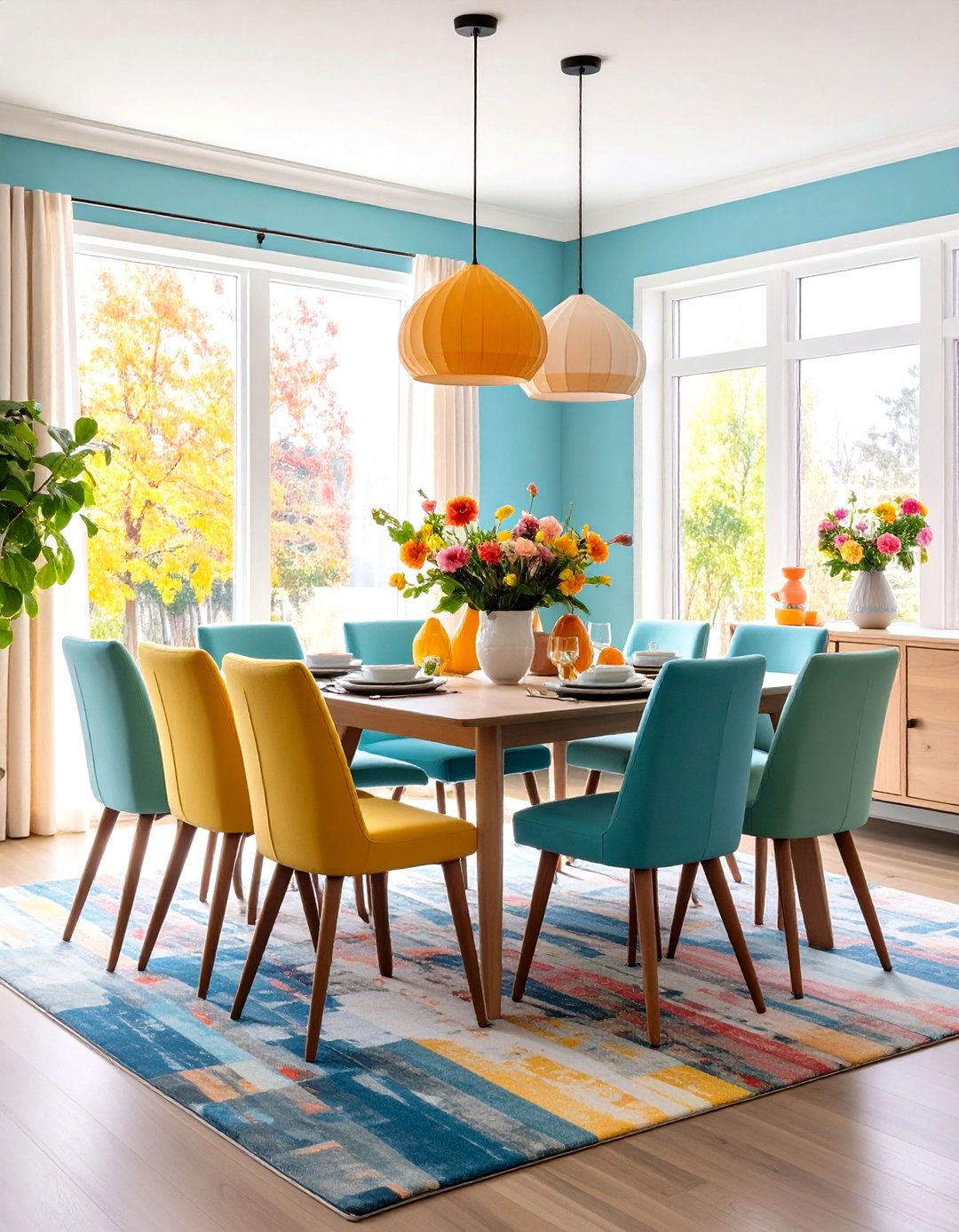
Design your casual dining room with busy families in mind by choosing performance fabrics and materials that withstand daily use while maintaining style and comfort. Select dining chairs upholstered in stain-resistant, easy-to-clean fabrics that can handle spills and frequent washing. Choose a dining table with a durable finish that resists water rings and scratches, and add washable area rugs that protect flooring while providing comfort underfoot. Incorporate storage solutions that allow quick cleanup of toys, homework materials, or craft supplies. This practical approach doesn't sacrifice style—many performance fabrics now come in beautiful colors and patterns that rival traditional materials. Focus on creating a space where families can relax and enjoy meals together without worrying about damaging furniture.
20. Casual Dining Room Seasonal Decorating Flexibility

Design your casual dining room with adaptability in mind, creating a neutral foundation that easily transforms with seasonal decorating changes throughout the year. Choose classic furniture in timeless colors and styles that work with various decorative schemes, then use changeable elements like artwork, table linens, centerpieces, and accessories to reflect different seasons or holidays. Store seasonal decorations in labeled containers for easy rotation, and invest in a few key pieces like table runners, placemats, or throw pillows that can instantly update the room's look. This approach keeps your dining room feeling fresh and current while maximizing your decorating budget. Focus on creating a cohesive base design that serves as the perfect backdrop for seasonal creativity and personal expression.
Conclusion:
These twenty casual dining room ideas demonstrate that comfortable, family-friendly dining spaces can be both stylish and practical. By incorporating current design trends like banquette seating, mixed textures, statement lighting, and flexible layouts, you can create a dining room that serves multiple functions while maintaining an inviting atmosphere. Whether you prefer coastal minimalism, farmhouse warmth, or modern elegance, the key to successful casual dining room design lies in balancing comfort with style, functionality with beauty, and personal expression with timeless appeal for lasting satisfaction.


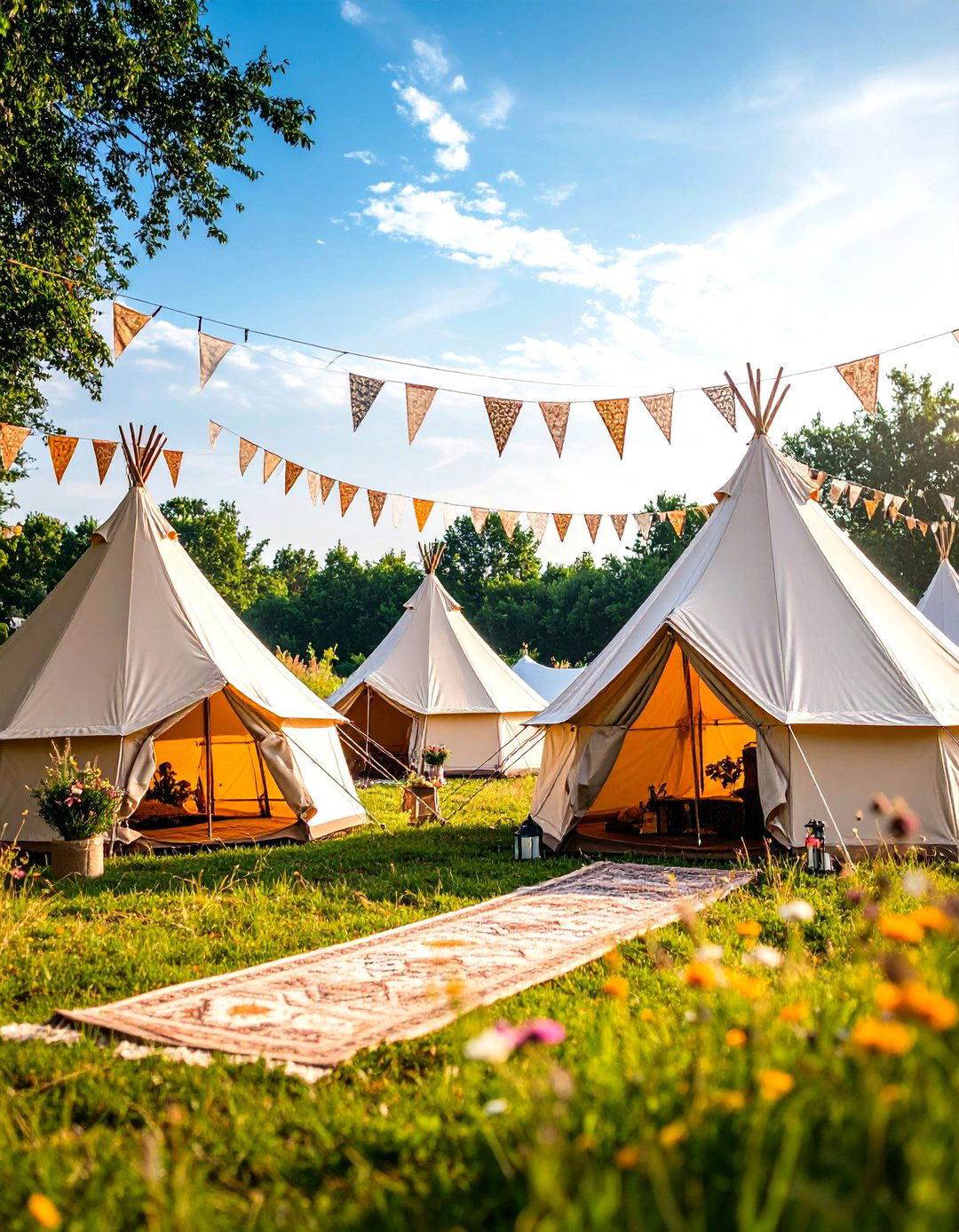
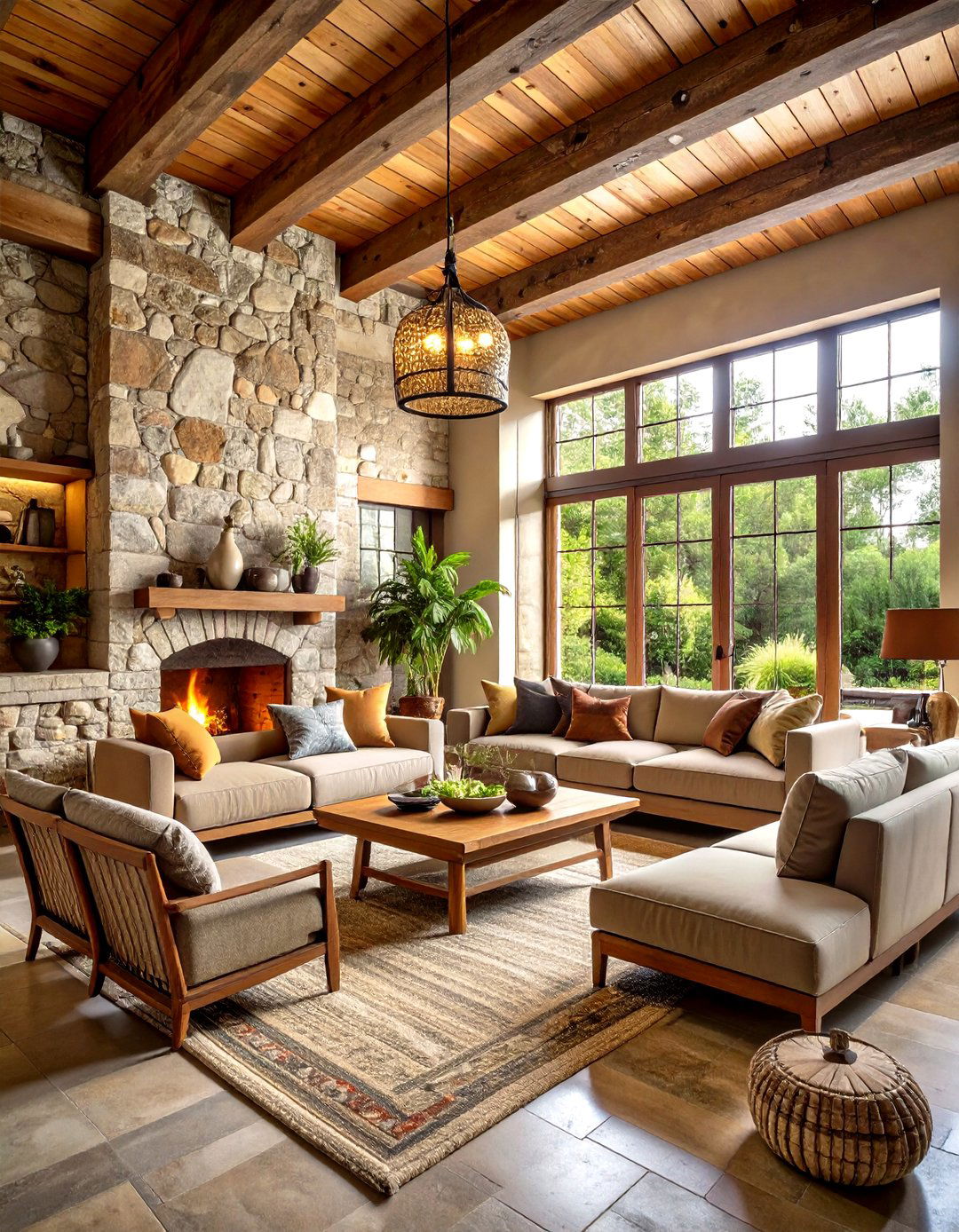
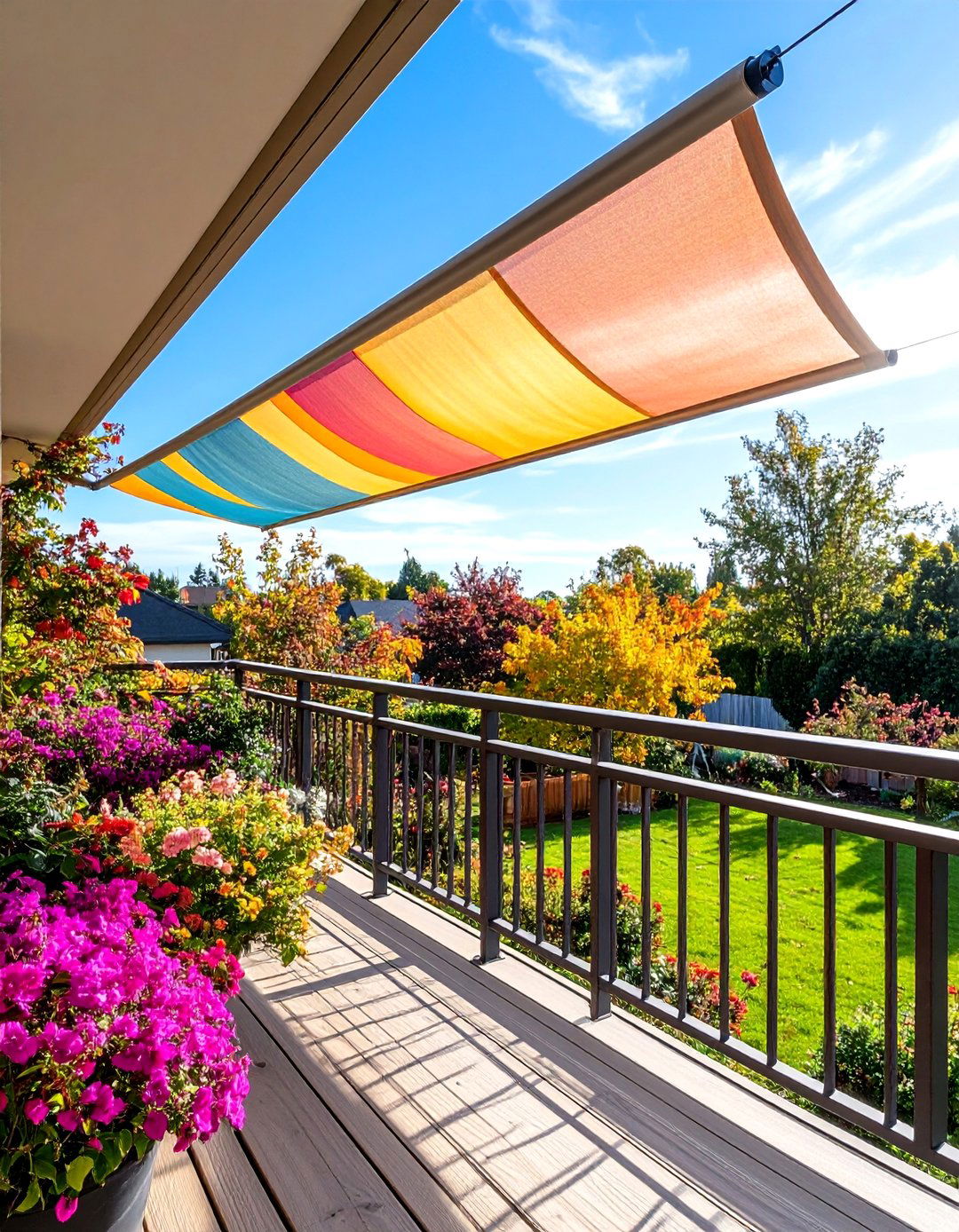
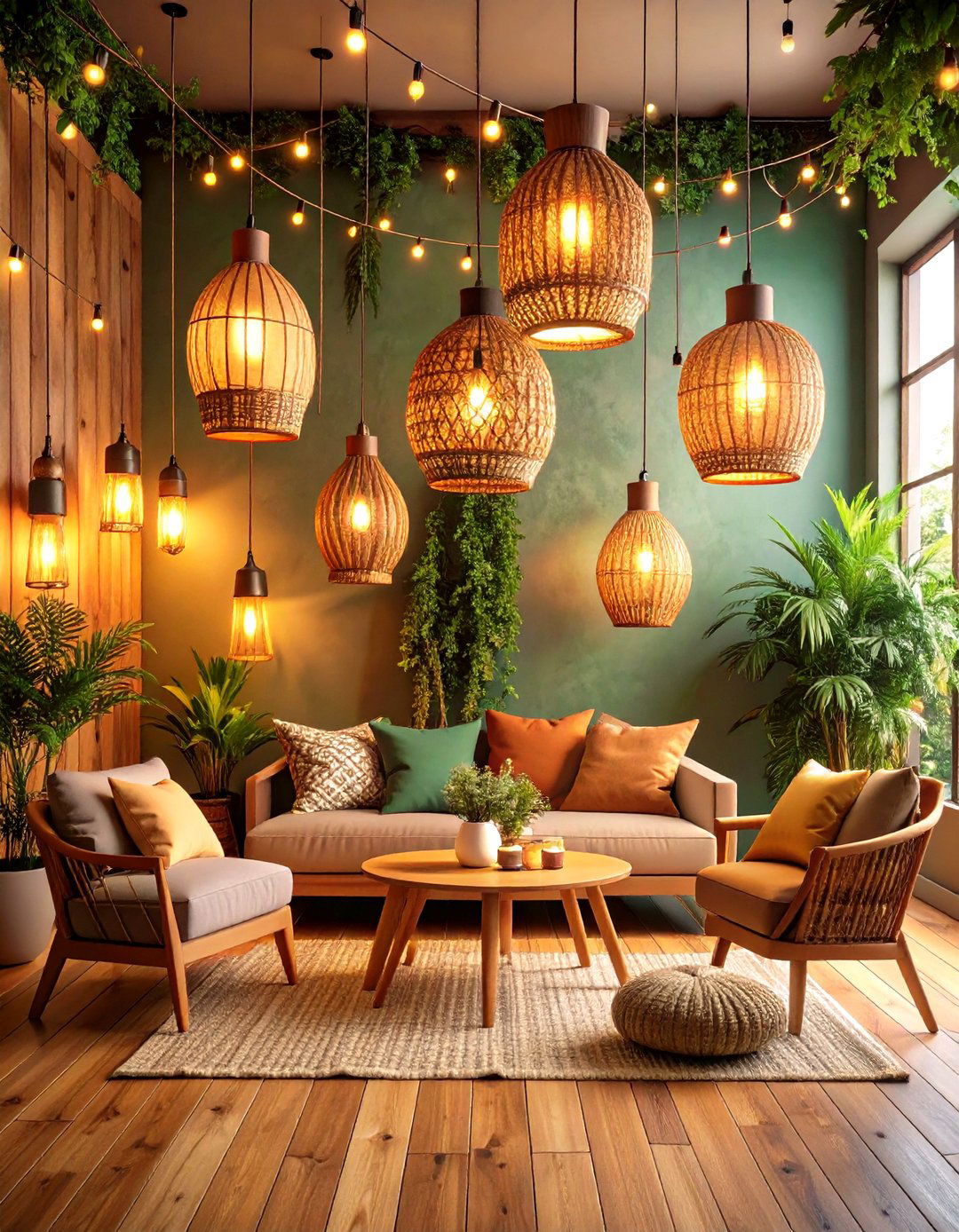
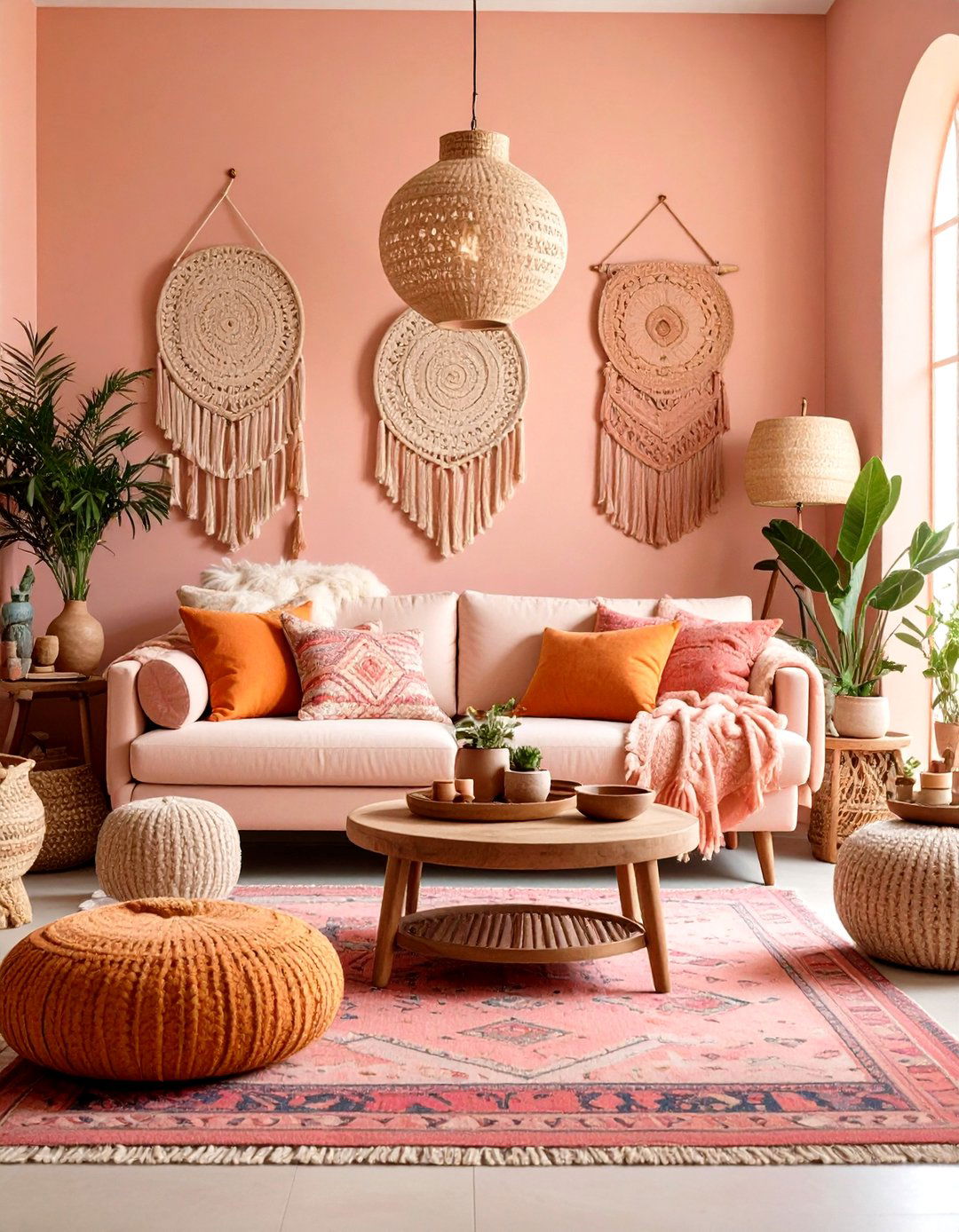


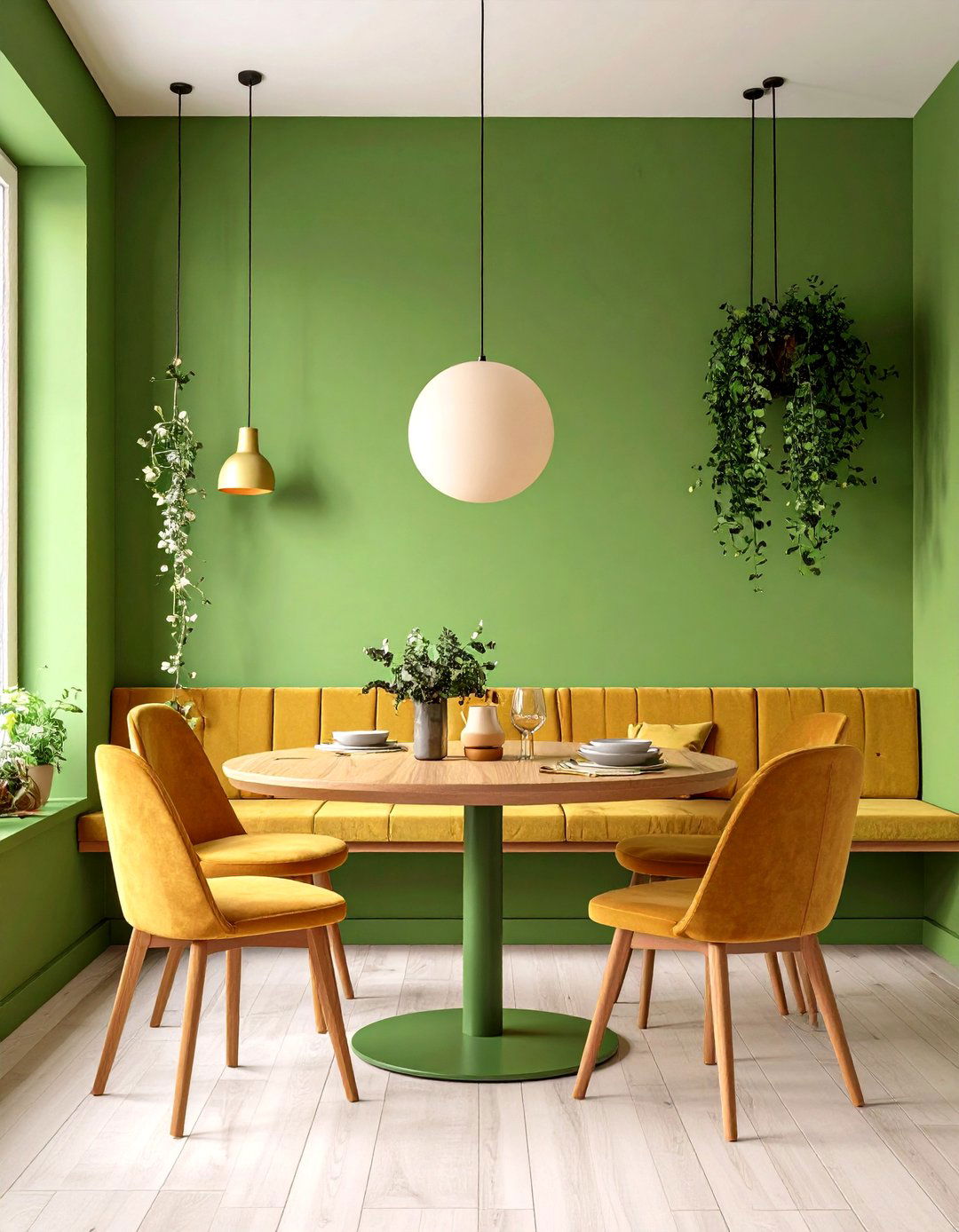
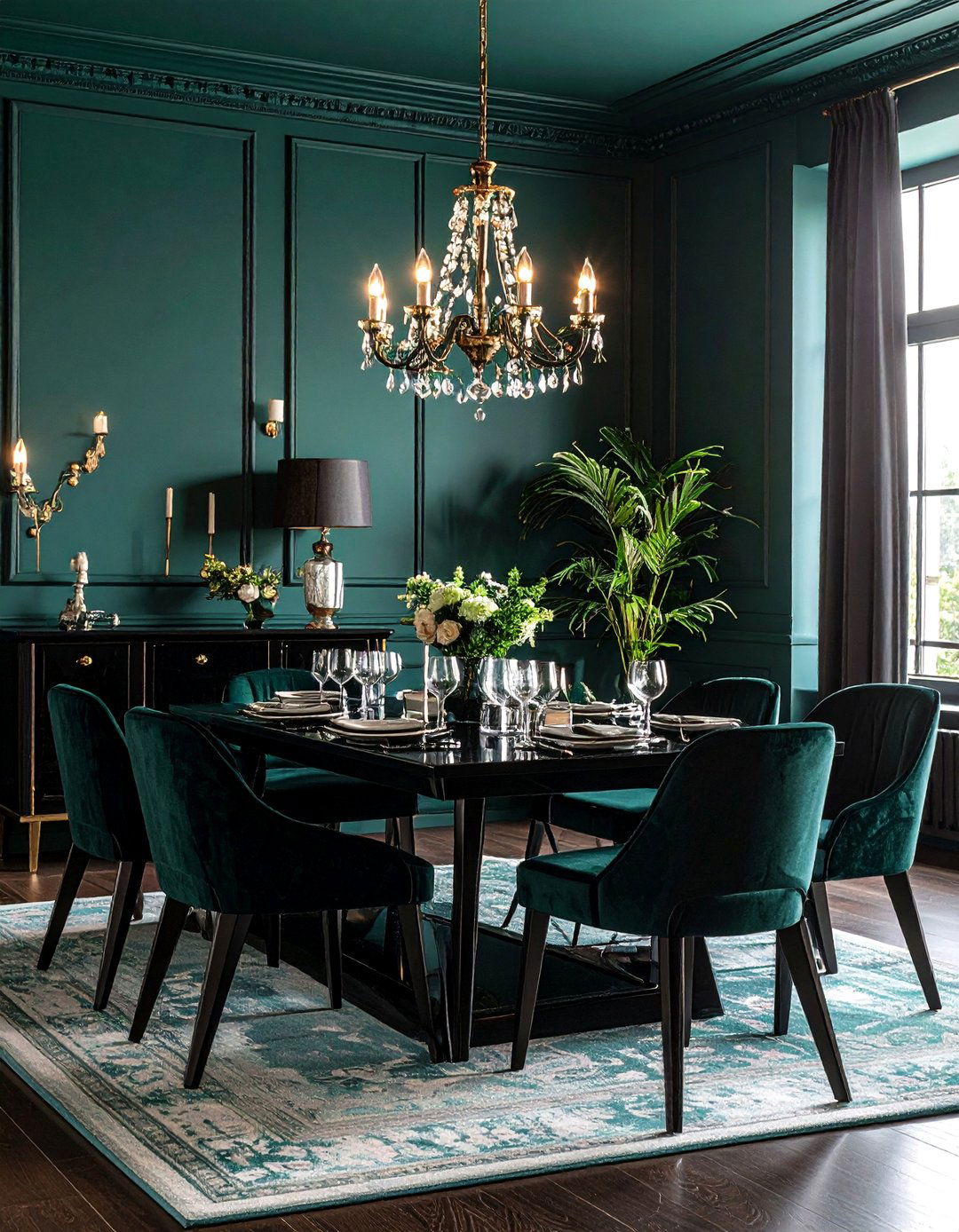
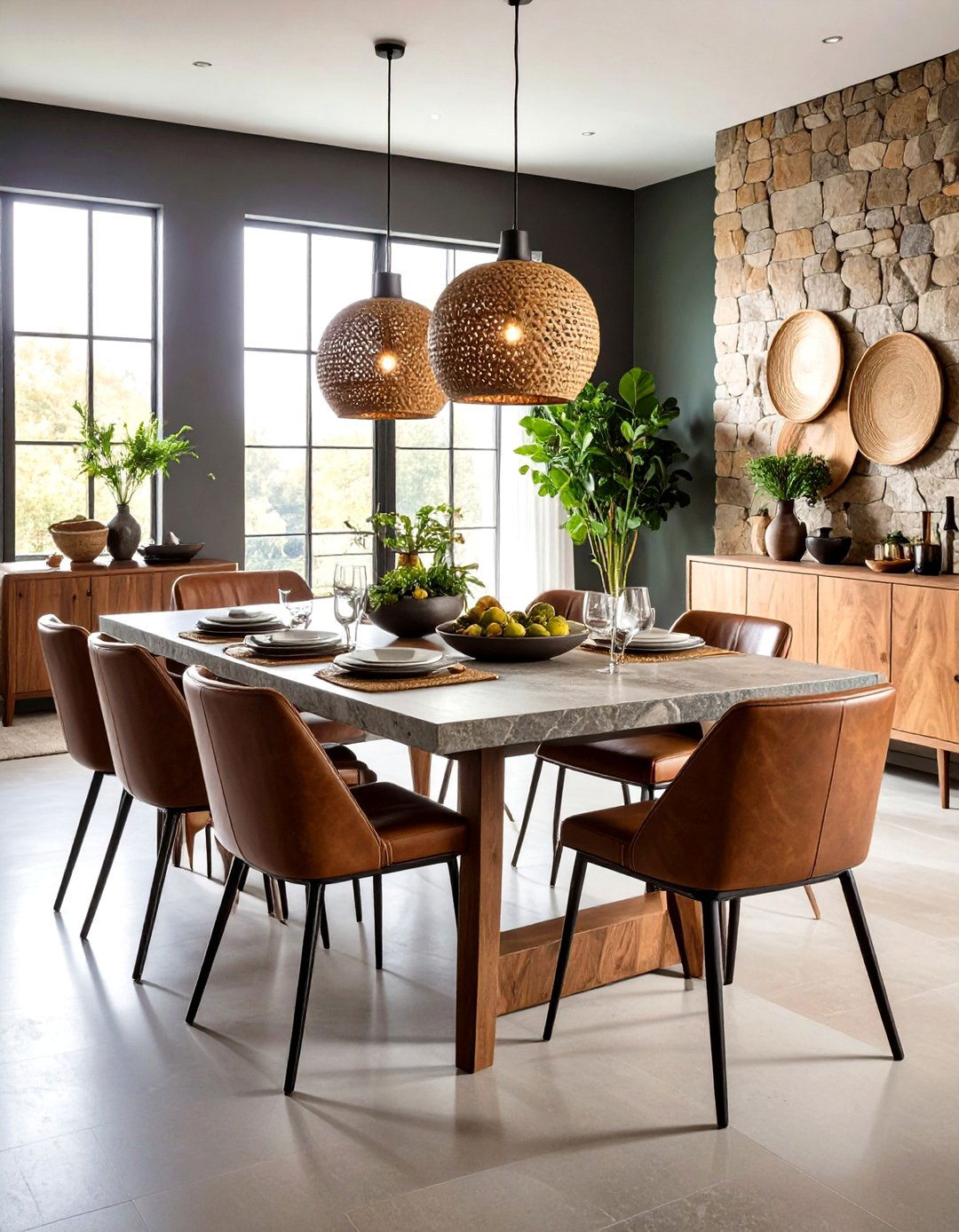

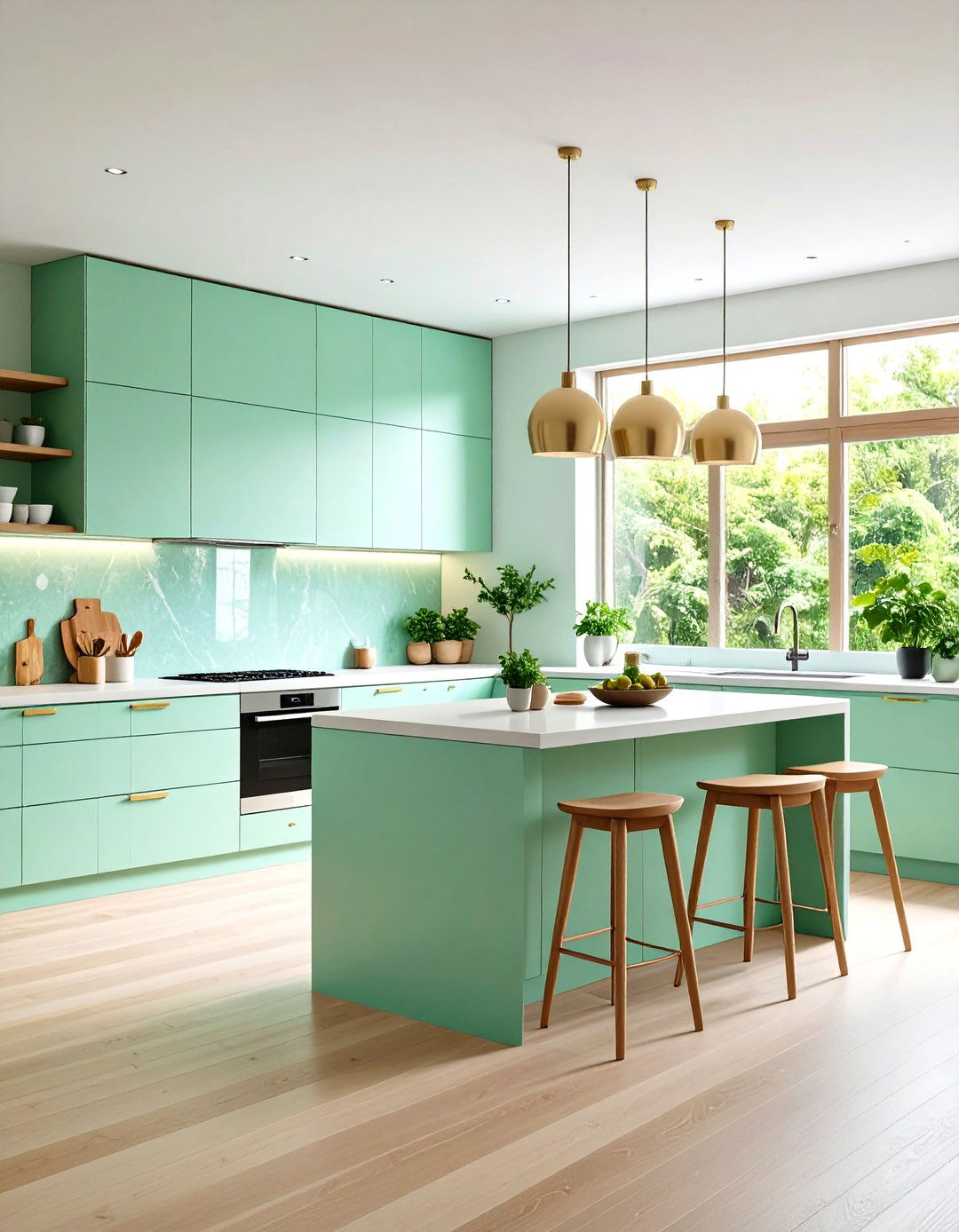
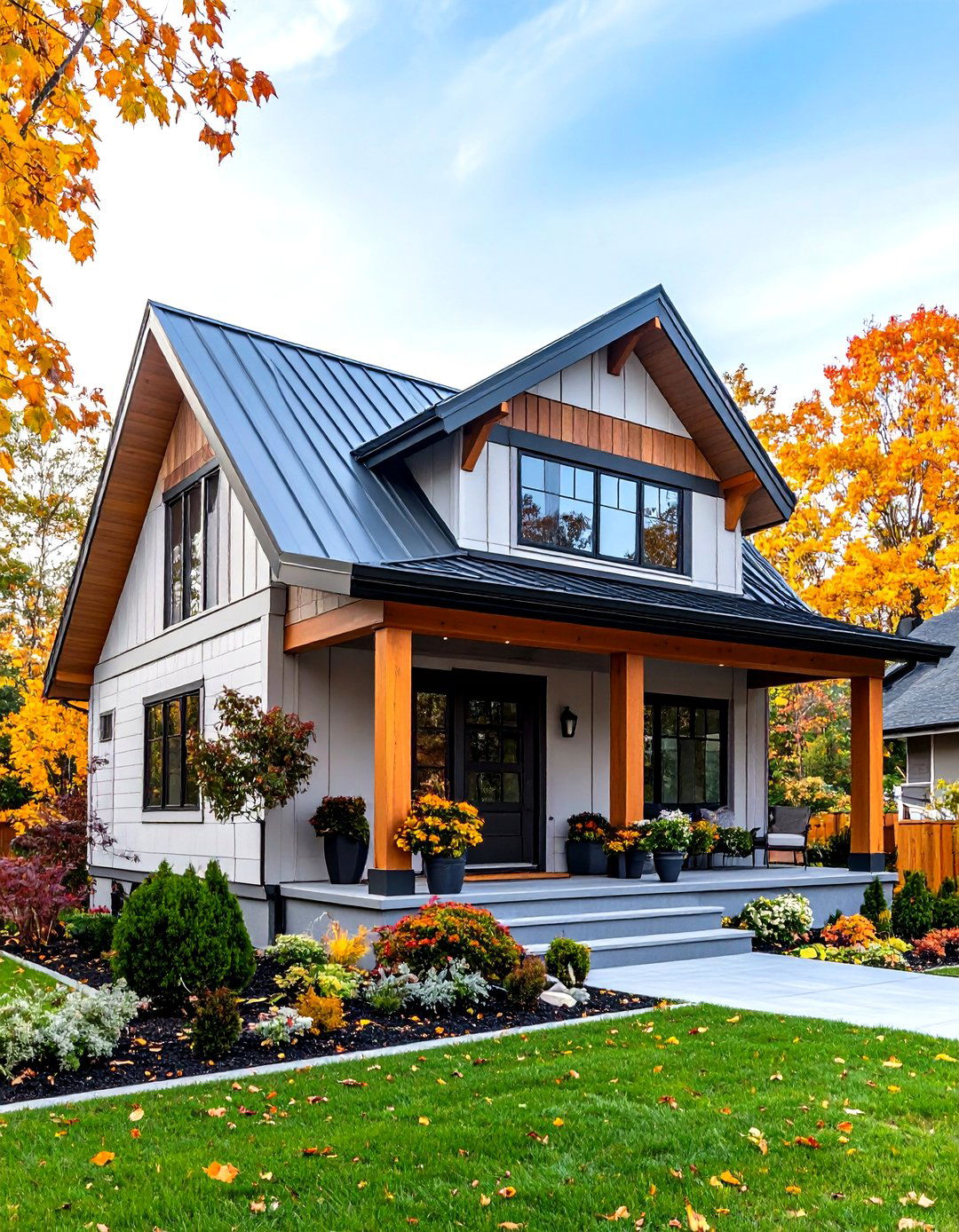
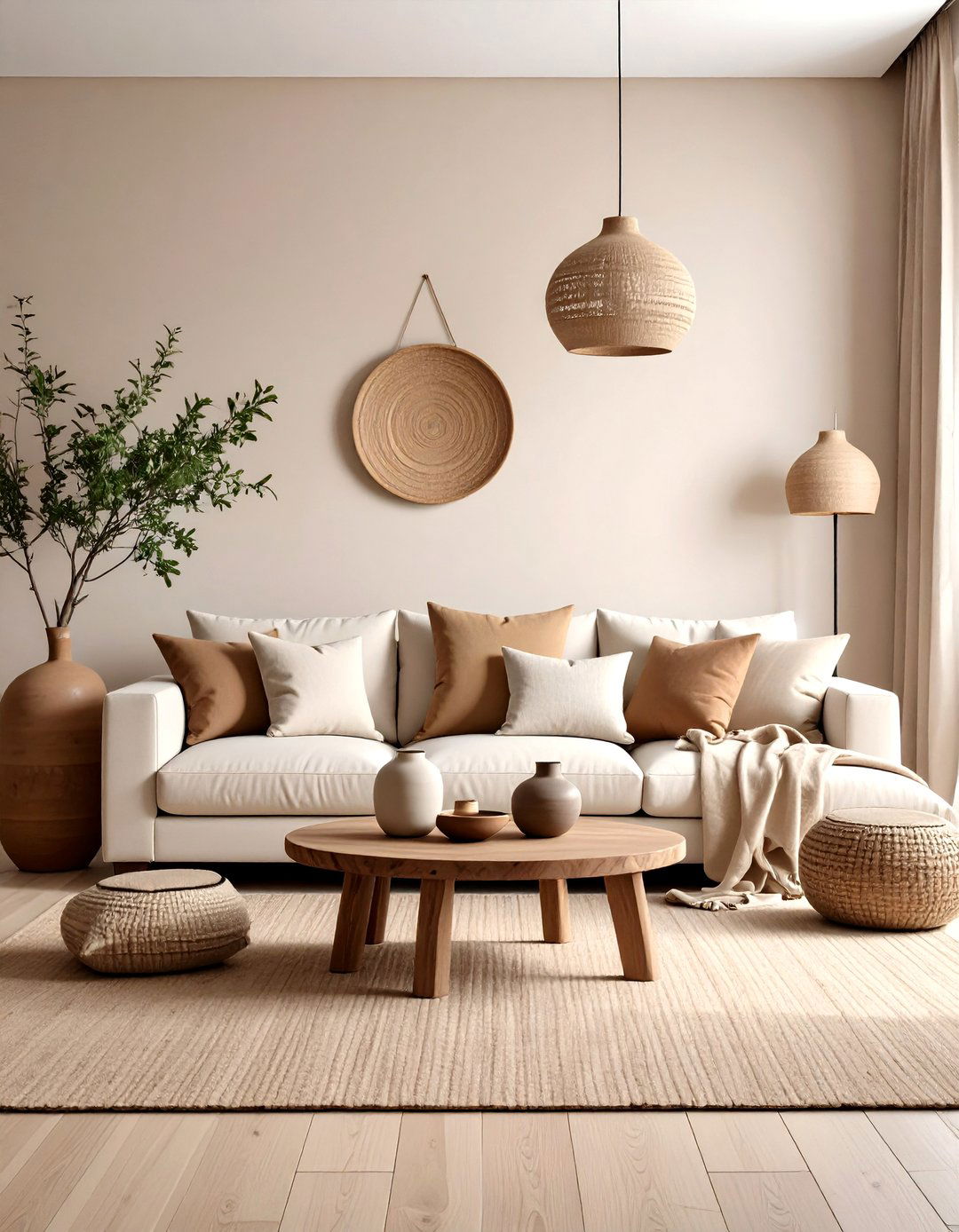
Leave a Reply